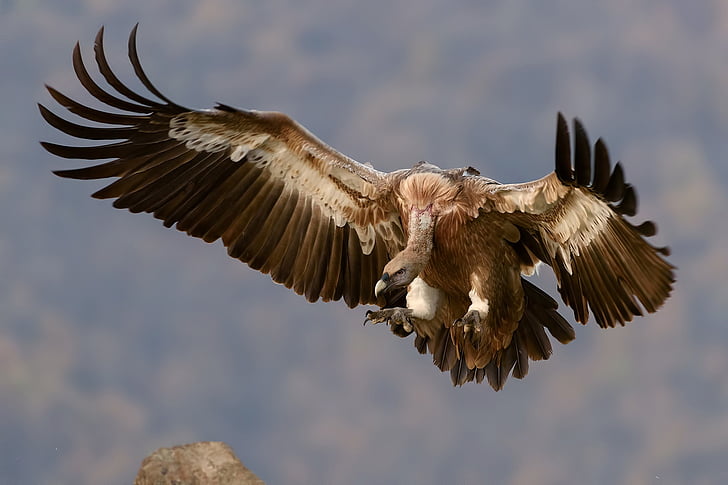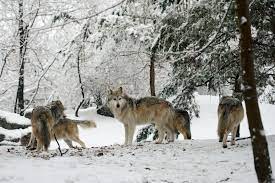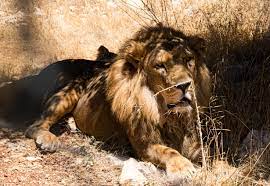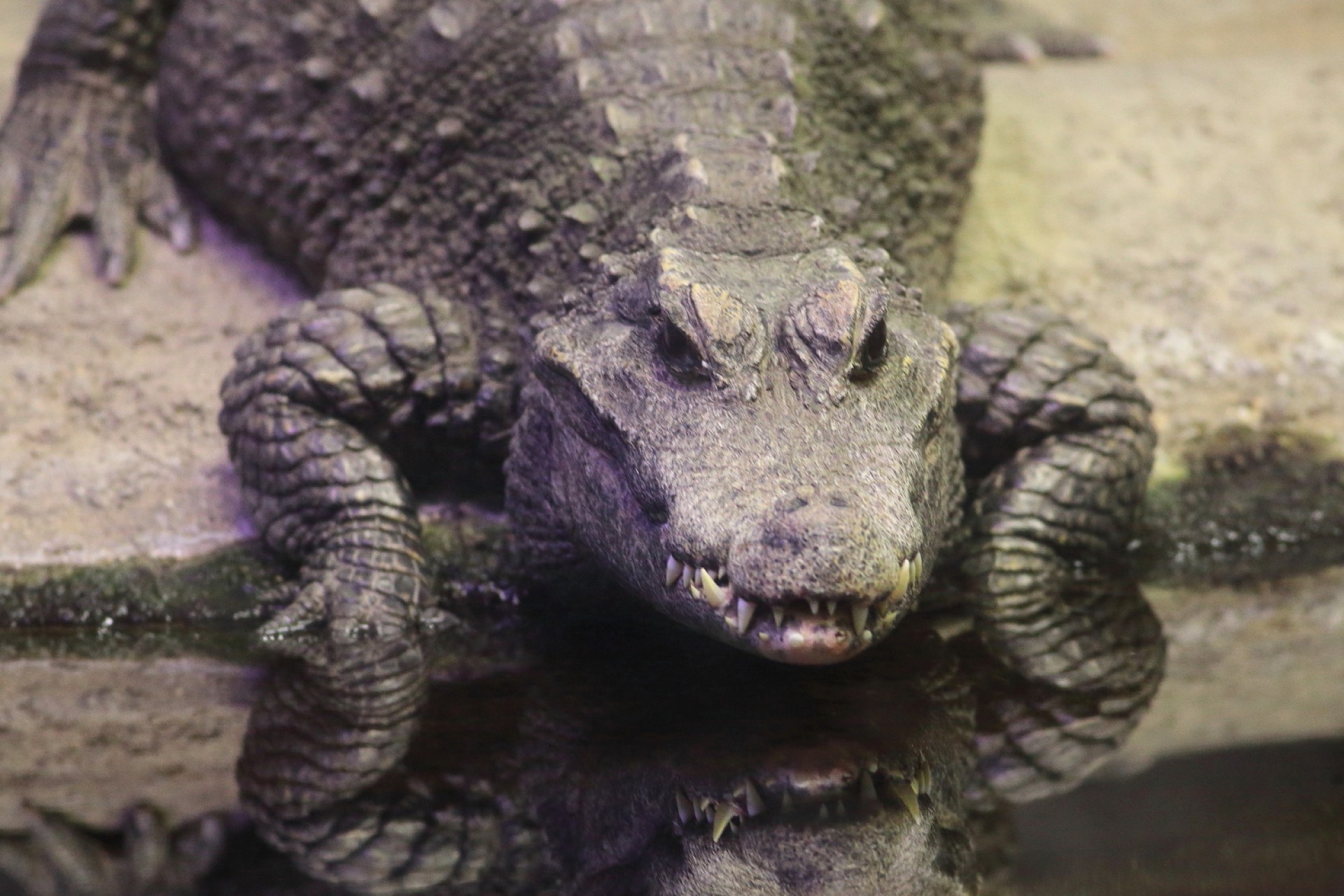
African dwarf crocodile
The dwarf crocodile (also known as the African dwarf crocodile,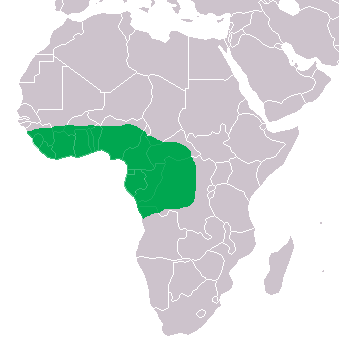 broad-snouted crocodile -a name more often used for the Asian mugger crocodile) or bony crocodile), is an African crocodile that is also the smallest living species of crocodile.
broad-snouted crocodile -a name more often used for the Asian mugger crocodile) or bony crocodile), is an African crocodile that is also the smallest living species of crocodile.
Found in lowlands to mid-height areas, in small and mid-size streams (they avoid large rivers). Generally, they live in rivers that lie in rainforest, though they will venture into the open.
They are known, in places, to be found in pools deeply isolated in Savannah. In western Gabon, there are also a group which have been living long-term in caves. It is considered vulnerable by the IUCN and is Appendix i of CITES. Where they are declining, it appears largely as a result of deforestation and hunting for the bushmeat trade. As a result, while in some regions they have a healthy population, in others (like Gambia and Liberia) they are almost lost.
In zoos in the USA and Europe there are a few of this species, however, records are not good, and quite a few of them are clearly hybrids with little conservation use. I should note, a zoo I occasionally volunteer at (marwell zoo) had one of these crocodiles until last year when it went to another zoo for breeding.
We hope to be able to list places for you to visit to see this species as soon as possible. Any of these will appear below the video and the news section (this lists all the times that this species has been mentioned (if any) in this blog). Below this, we will list all the easiest places we have connections to, to see this species.

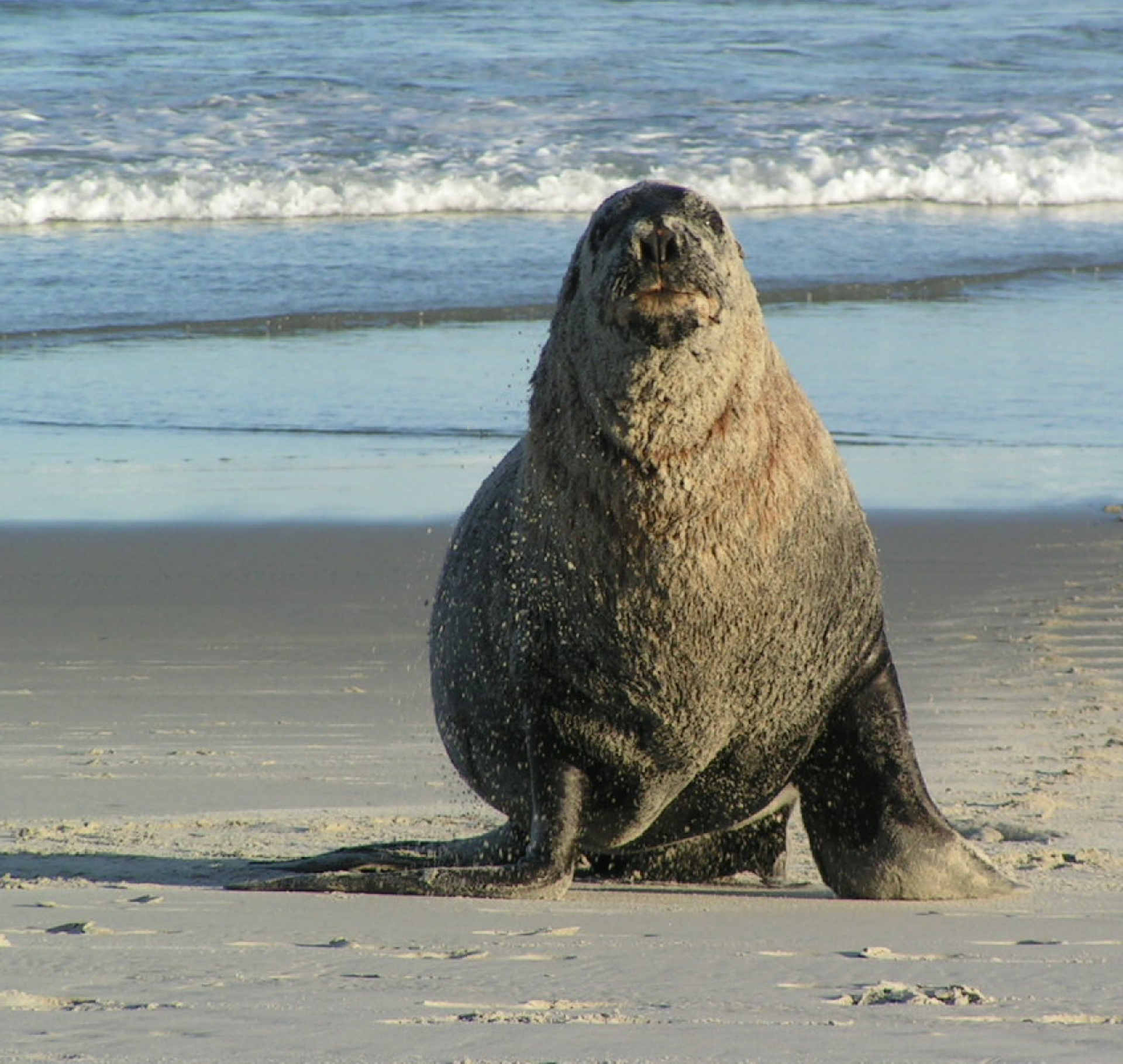

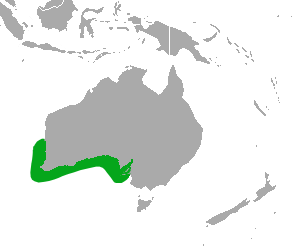 only endemic pinniped found in Australia.
only endemic pinniped found in Australia.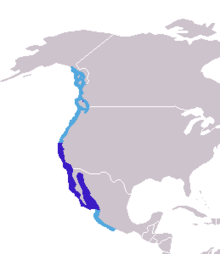 the west coast of north America. On this map, the navy blue marks the breeding rance, while the light blue shows the total range that they can be found in. It should be noted, that previously the Japanese and Galapagos sealion were both considered subspecies of the Californian species, but no longer. They can stay healthy, for a time, in fresh water, and have been seen living for a while in Bonneville dam – 150 miles inland.
the west coast of north America. On this map, the navy blue marks the breeding rance, while the light blue shows the total range that they can be found in. It should be noted, that previously the Japanese and Galapagos sealion were both considered subspecies of the Californian species, but no longer. They can stay healthy, for a time, in fresh water, and have been seen living for a while in Bonneville dam – 150 miles inland.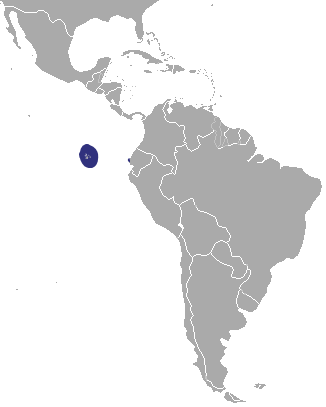 on all of the Galapagos Islands, as well as (in smaller numbers) on Isla de la Plata, which is just 40km from Puerto López a village in Ecuador. There have also been recorded sightings on the Isla del Coco which is 500km southwest of Costa Rica (and 750km from the Galapagos). These are not regular, and so have been considered vagrant. It is of course possible that historically they roamed here, but we cannot say.
on all of the Galapagos Islands, as well as (in smaller numbers) on Isla de la Plata, which is just 40km from Puerto López a village in Ecuador. There have also been recorded sightings on the Isla del Coco which is 500km southwest of Costa Rica (and 750km from the Galapagos). These are not regular, and so have been considered vagrant. It is of course possible that historically they roamed here, but we cannot say. known as the Hooker sealion) is native to south island, though before 1500 it is thought that it was also found on north island. They tend to breed on Subarctic islands of Auckland and Campbell (99% of the pups are born in these islands). In 1993, sealions started breeding on South Island again for the first time in 150 years.
known as the Hooker sealion) is native to south island, though before 1500 it is thought that it was also found on north island. They tend to breed on Subarctic islands of Auckland and Campbell (99% of the pups are born in these islands). In 1993, sealions started breeding on South Island again for the first time in 150 years.

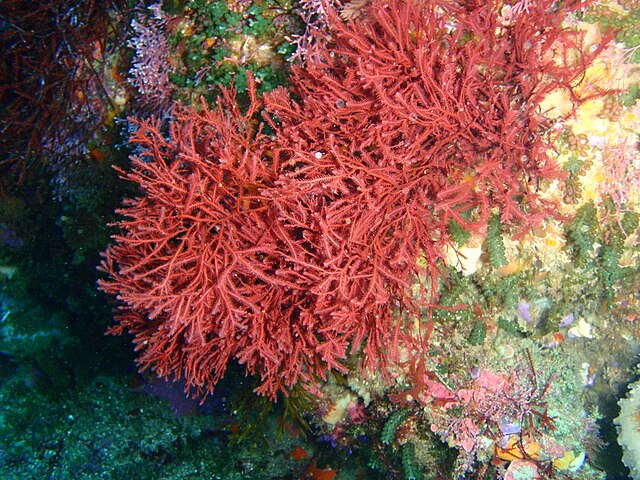

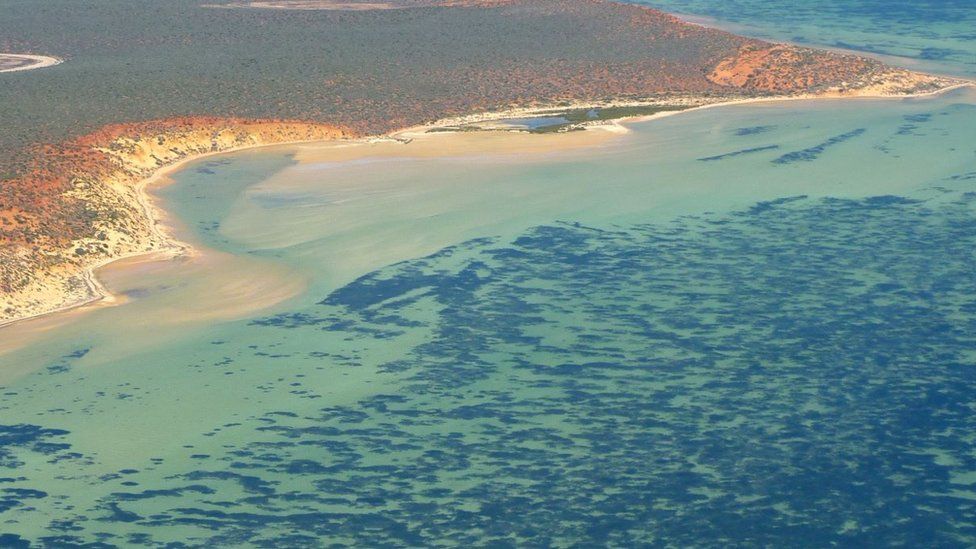
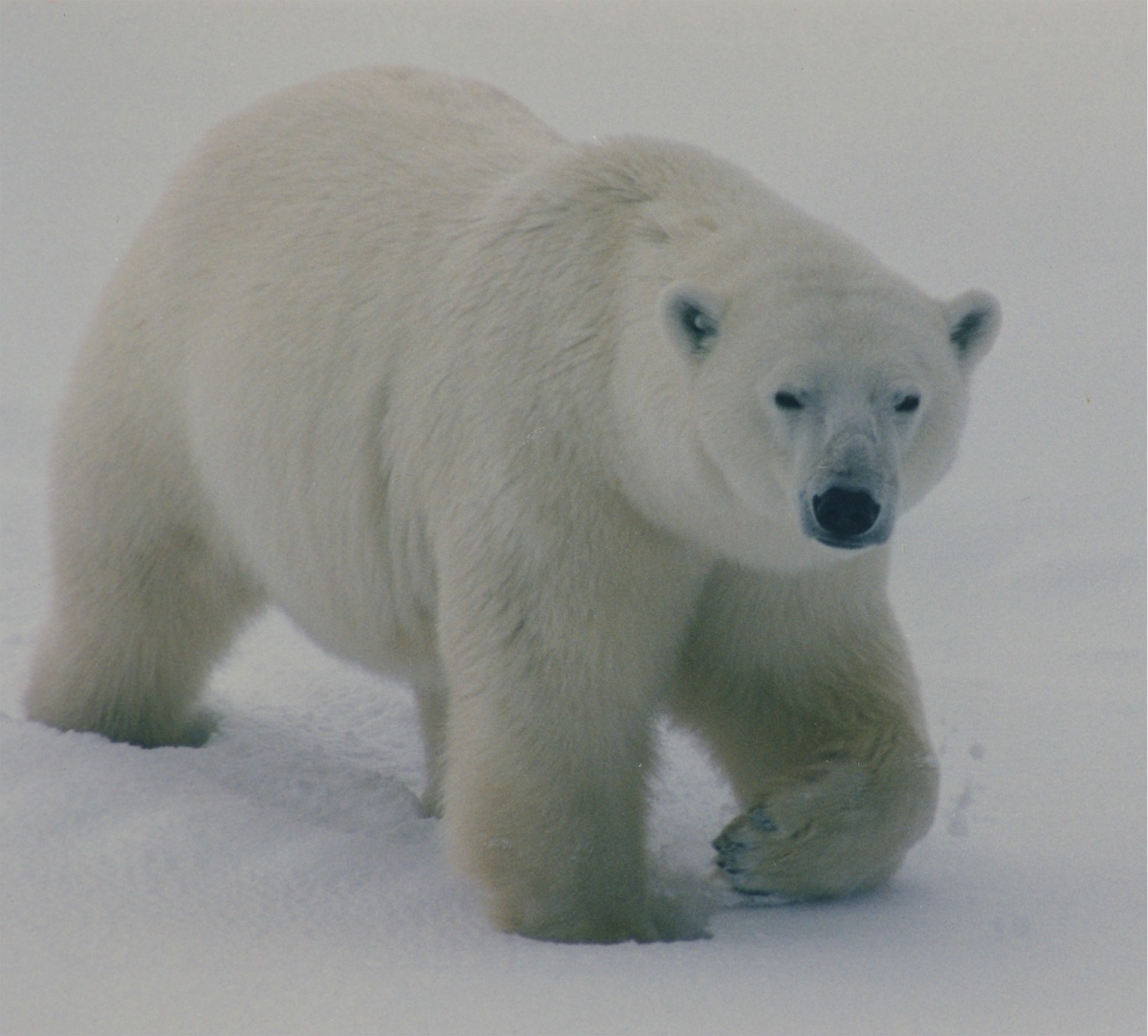
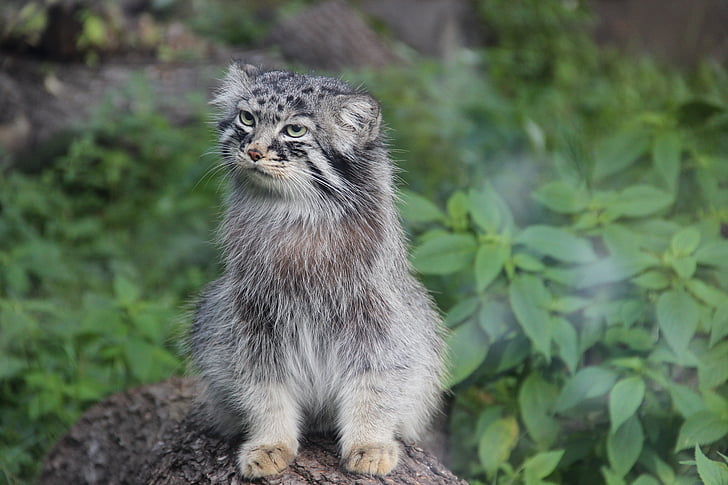
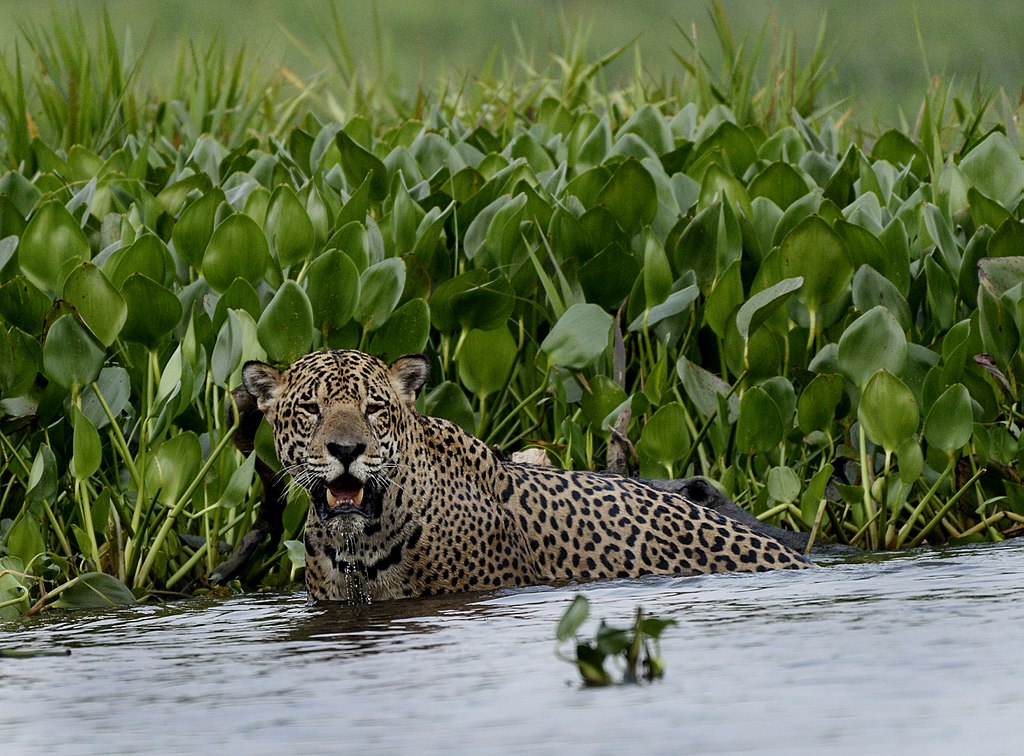
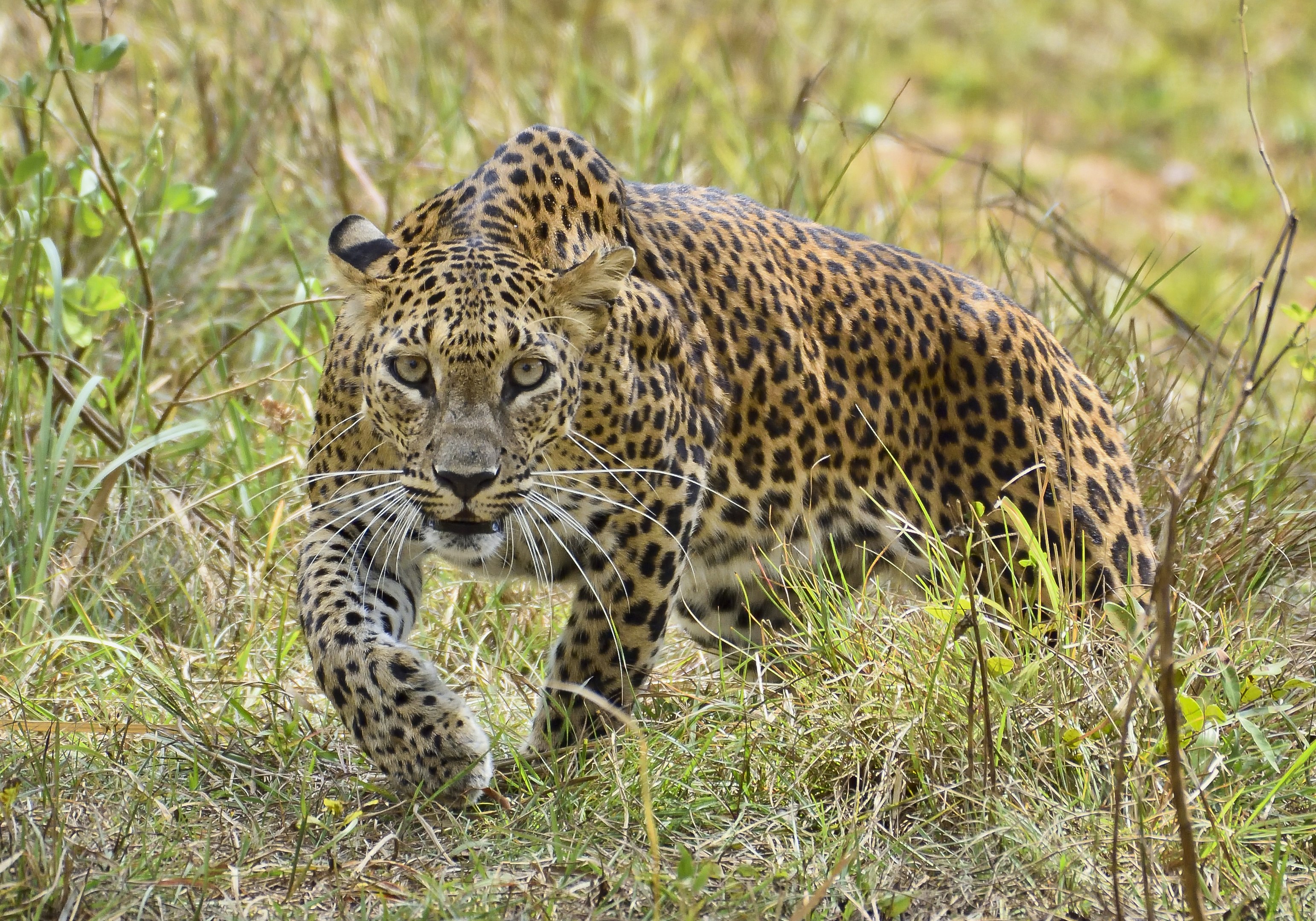
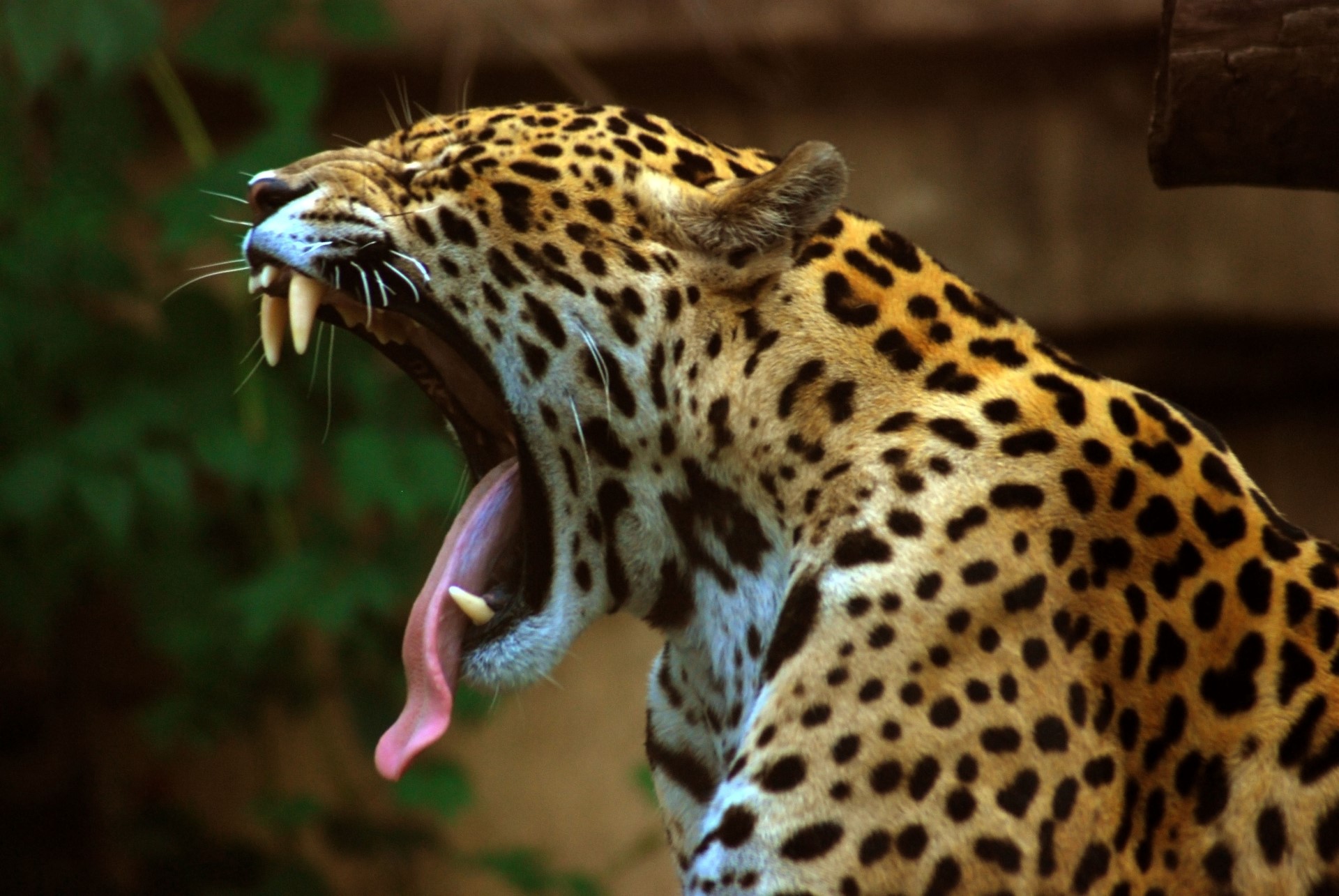

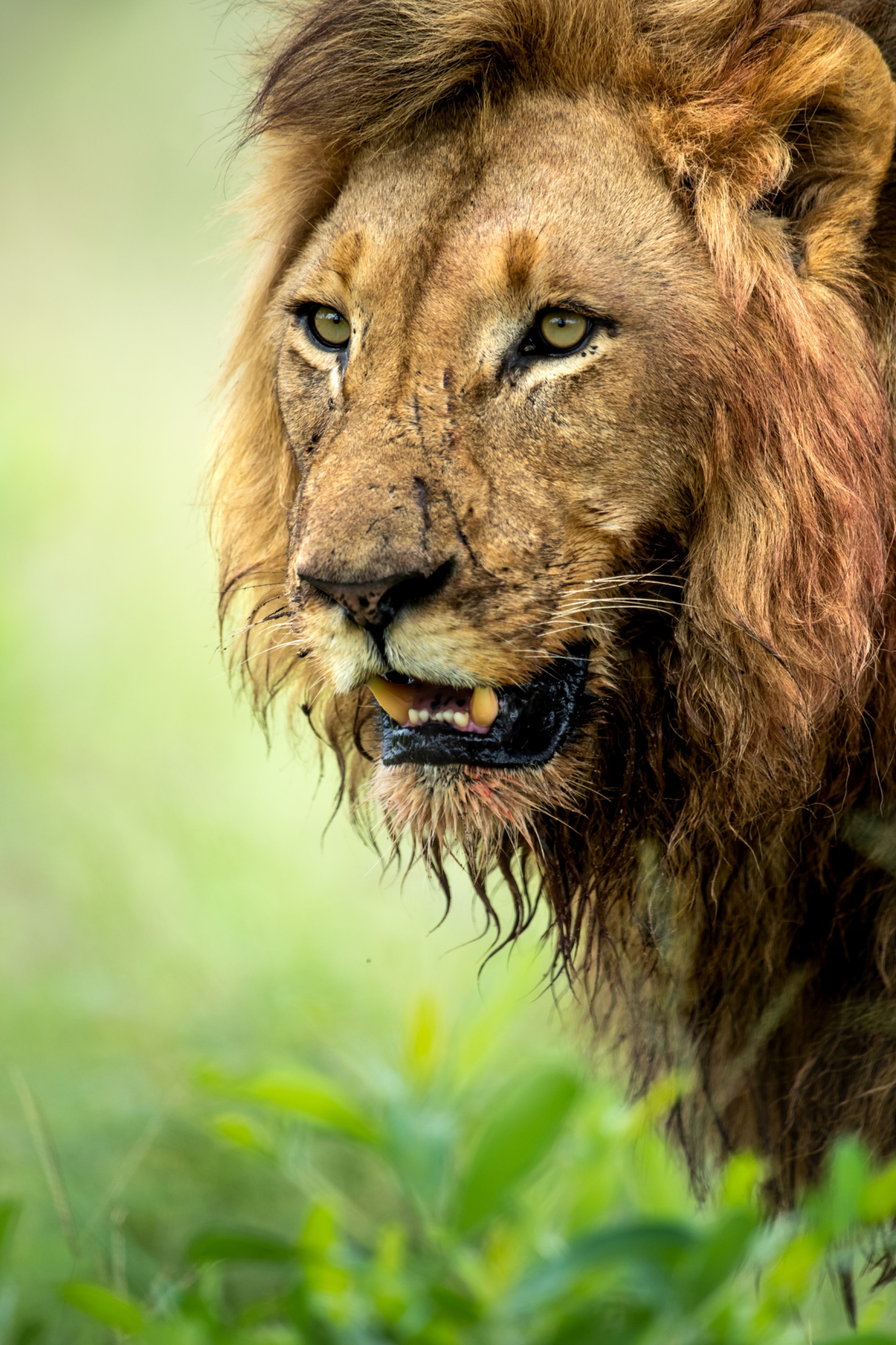
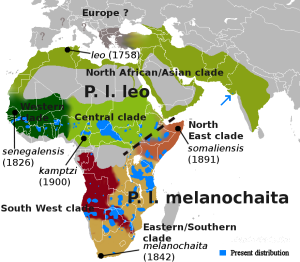
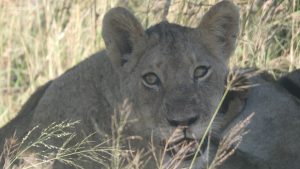



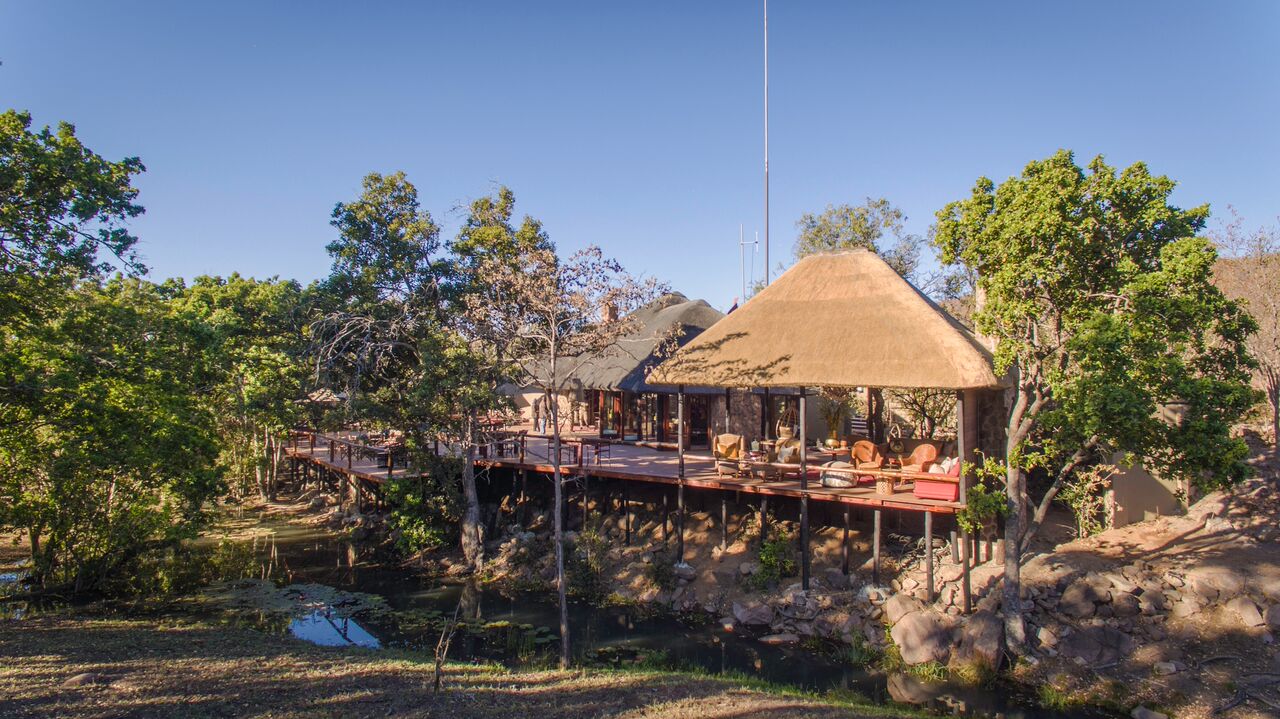
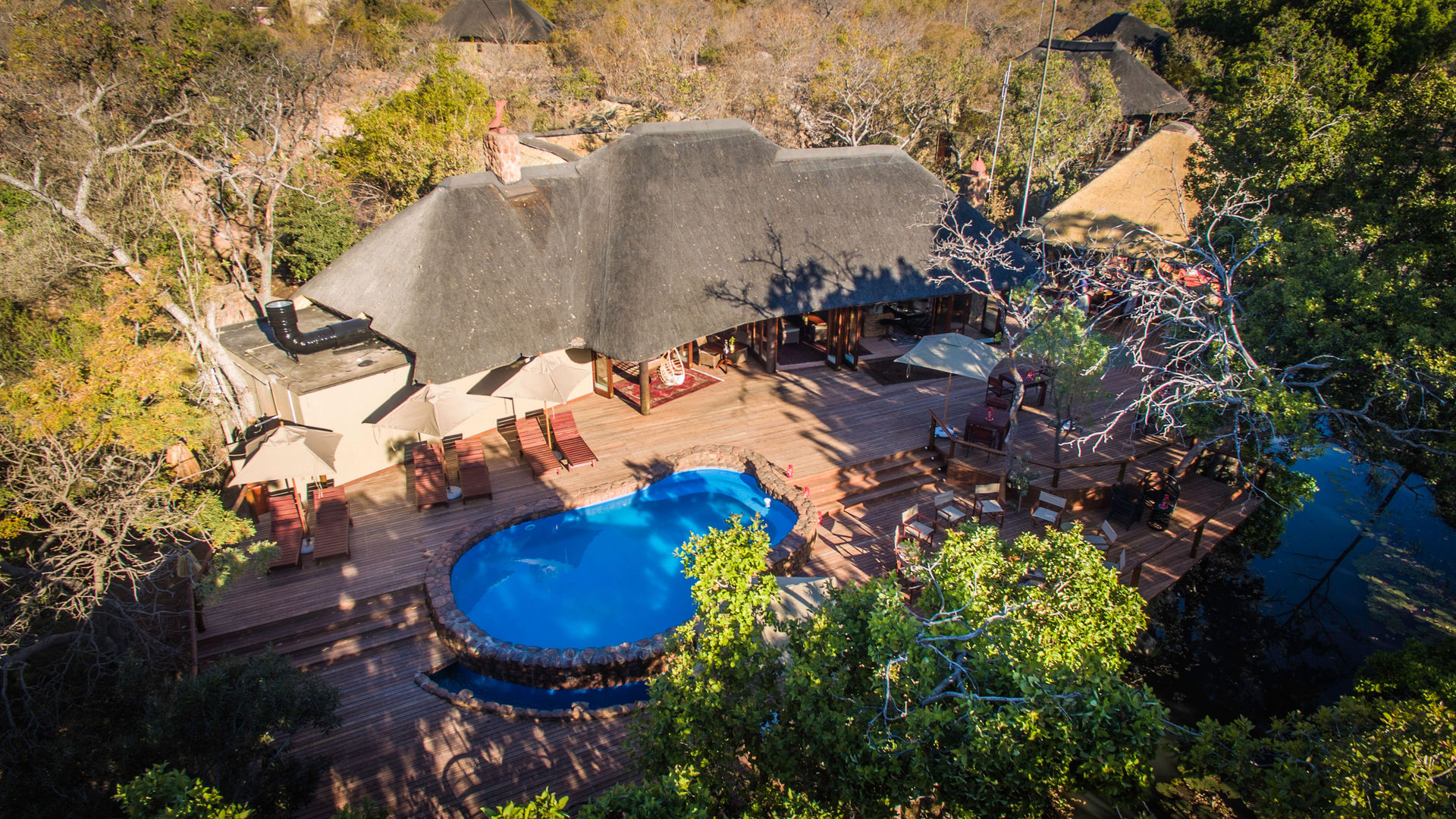

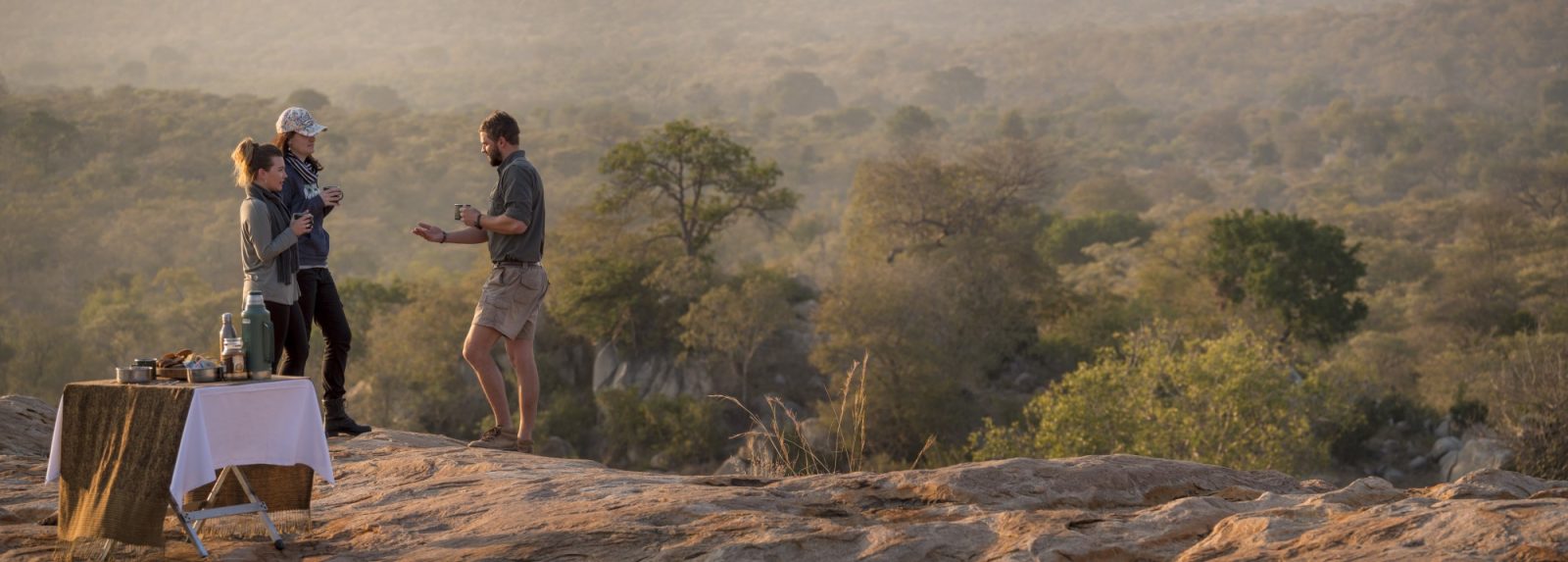



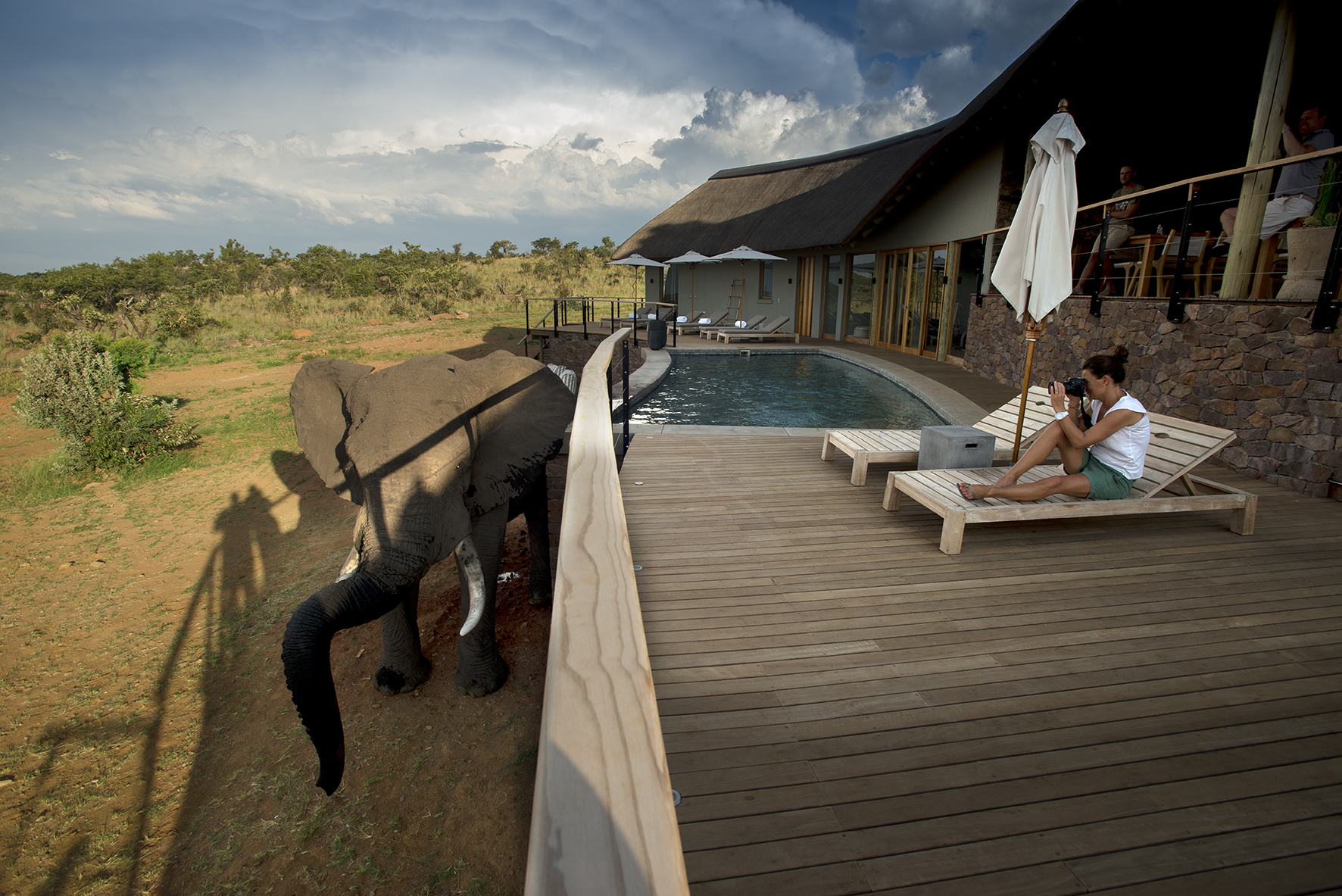
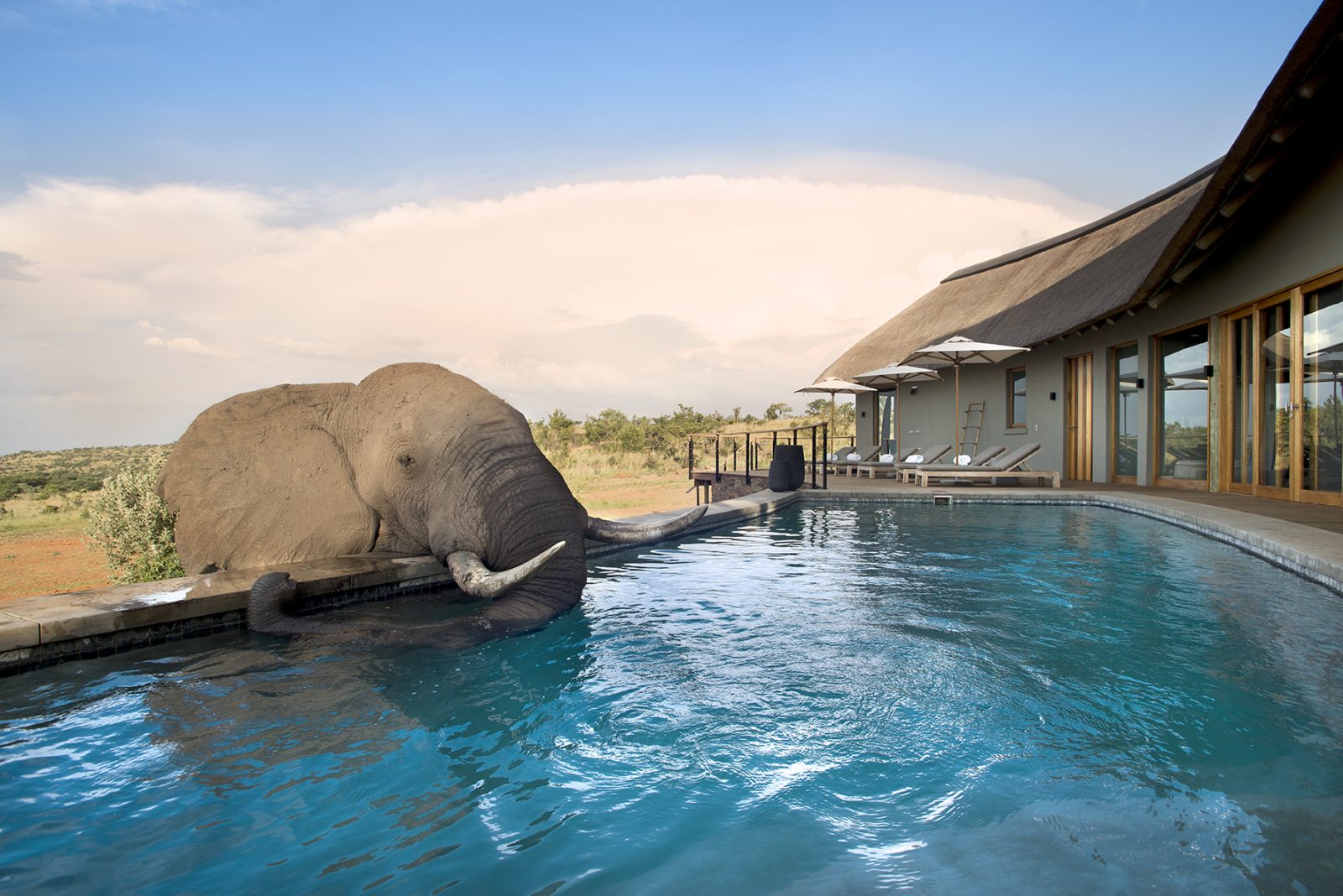
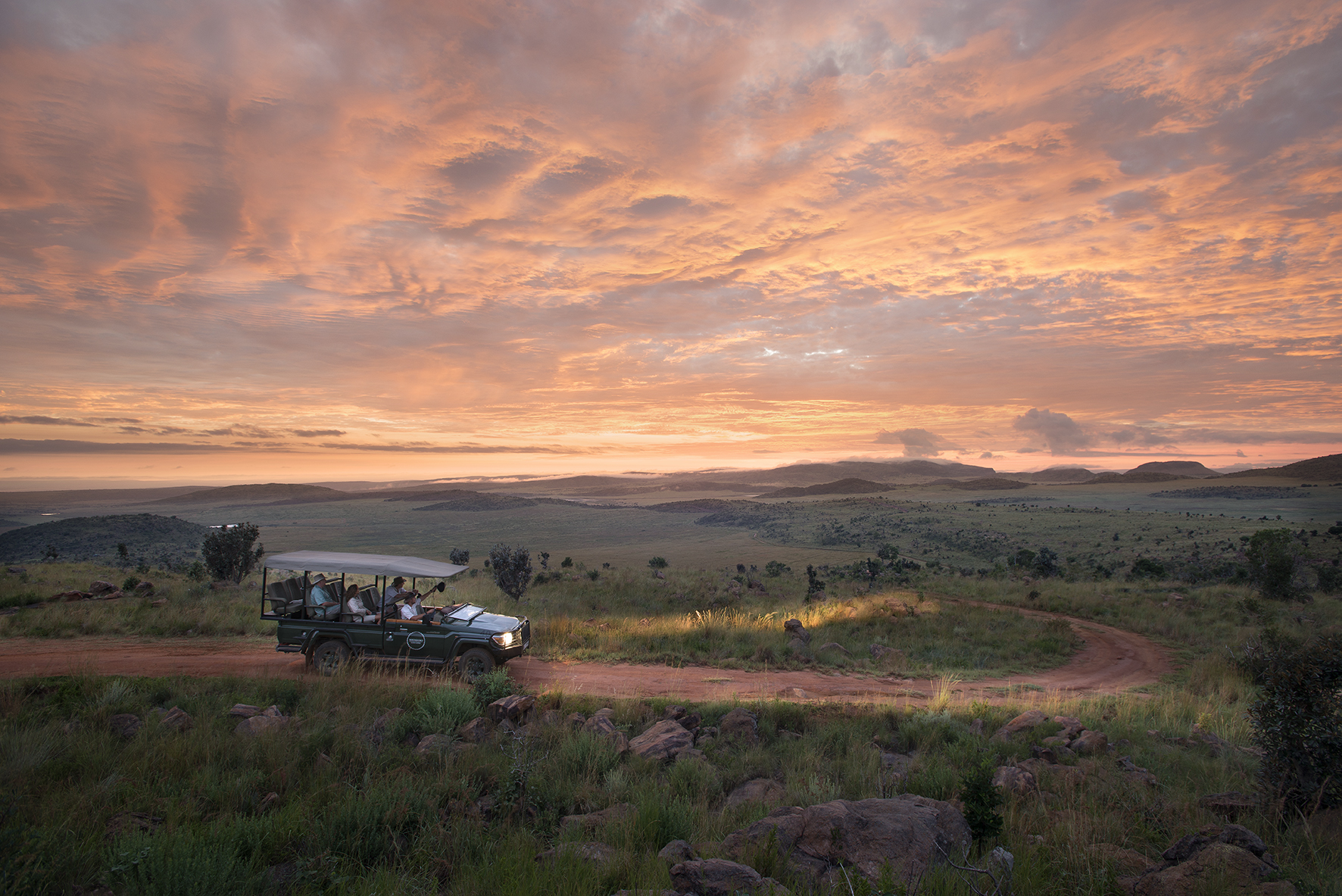
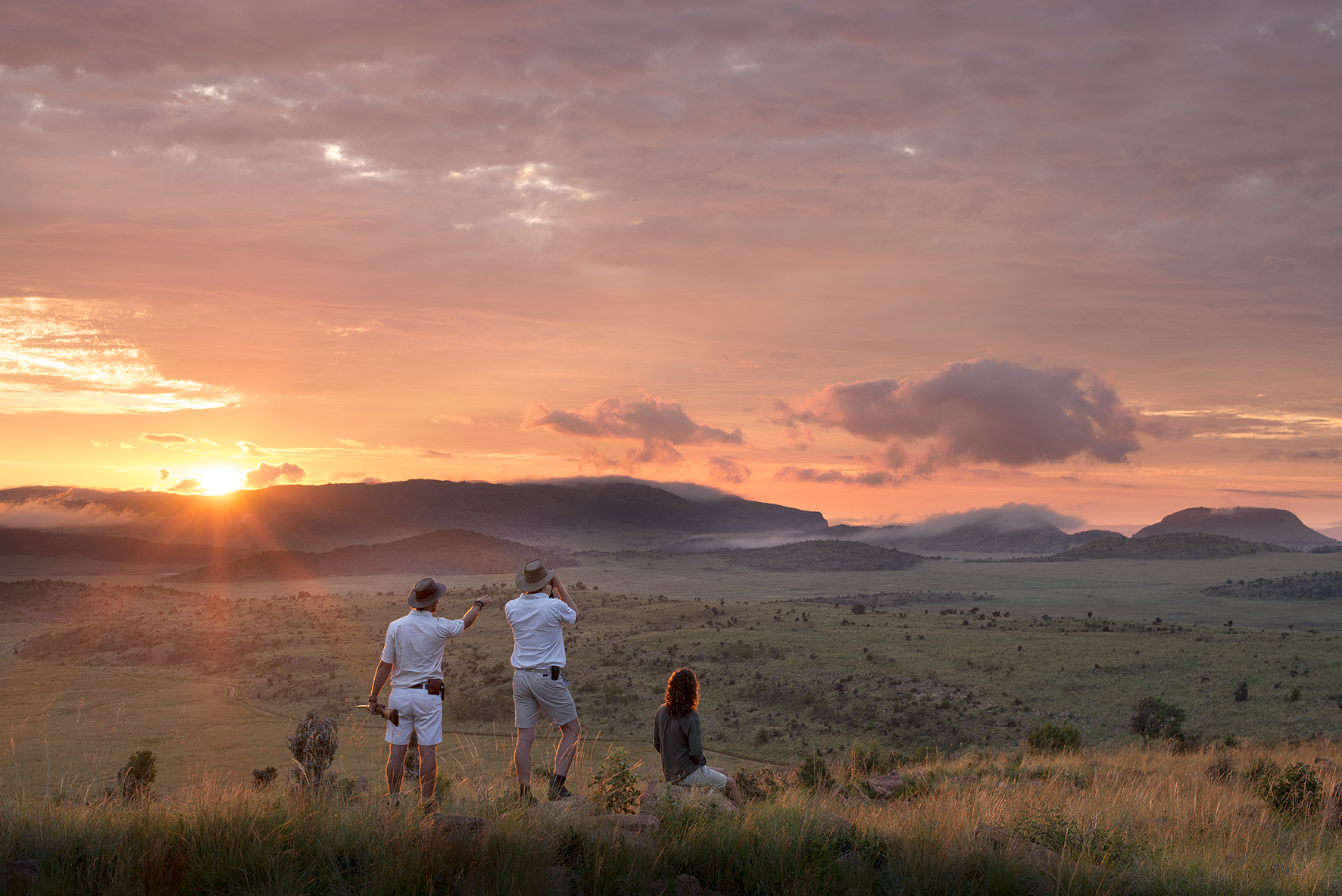

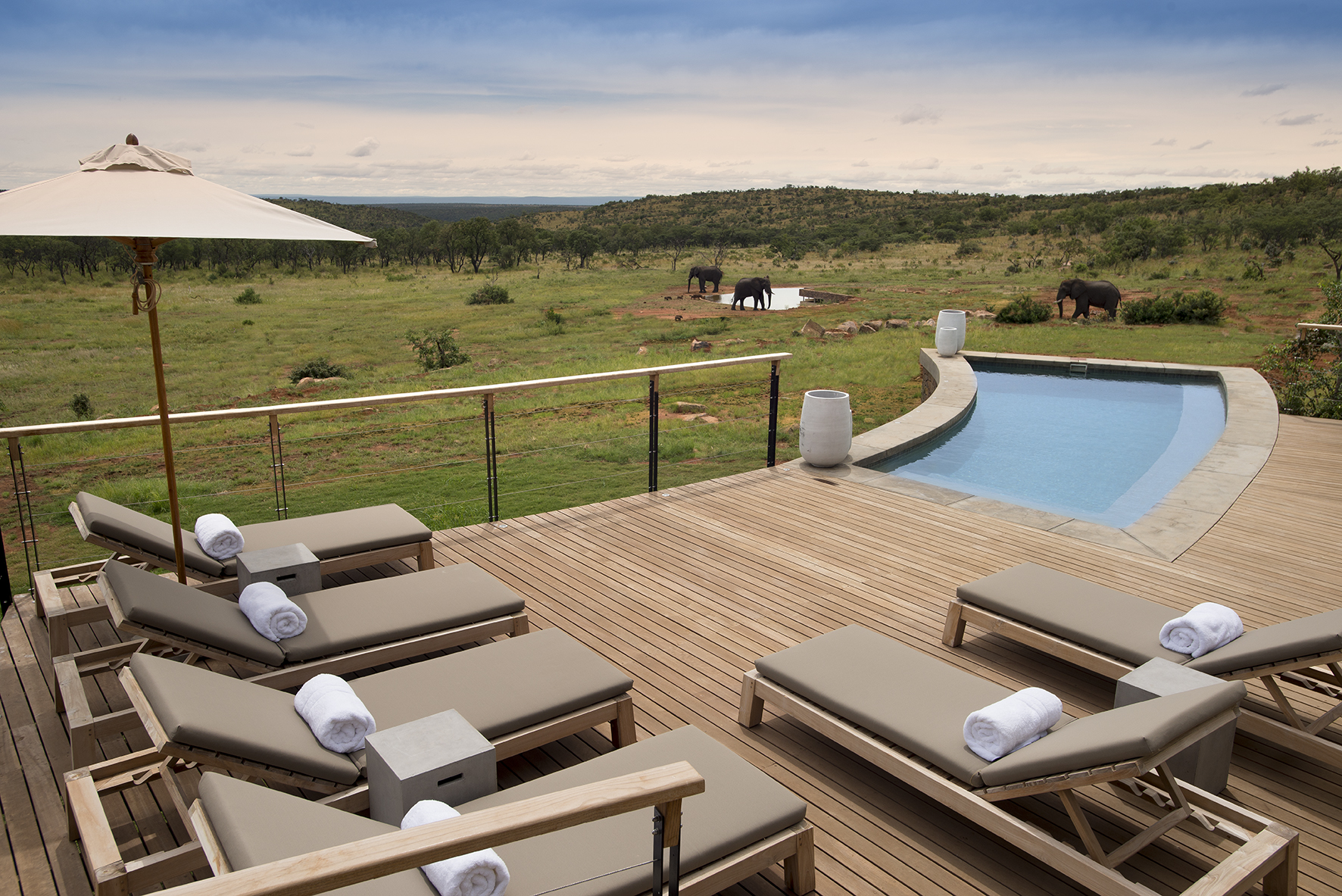
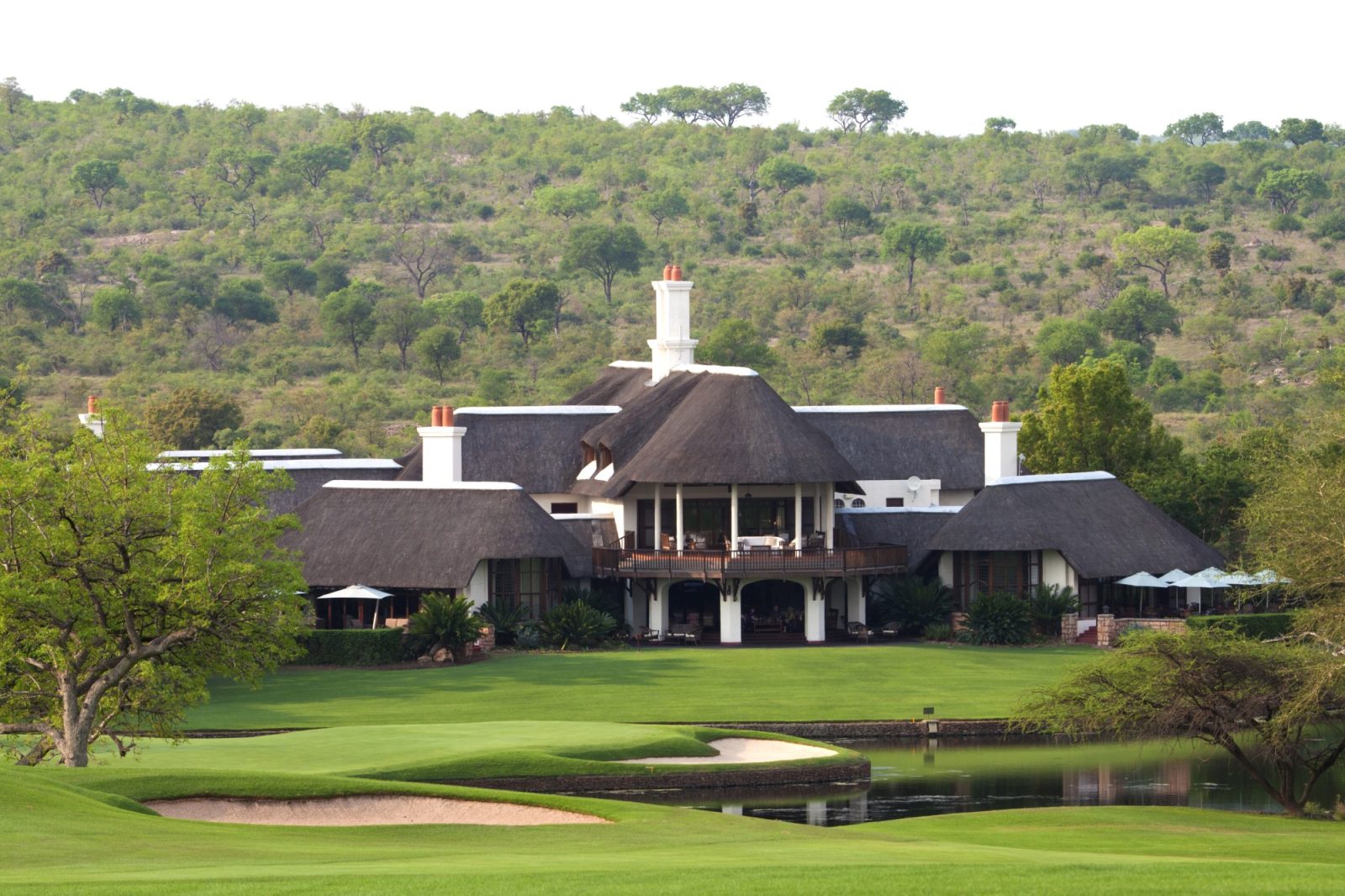
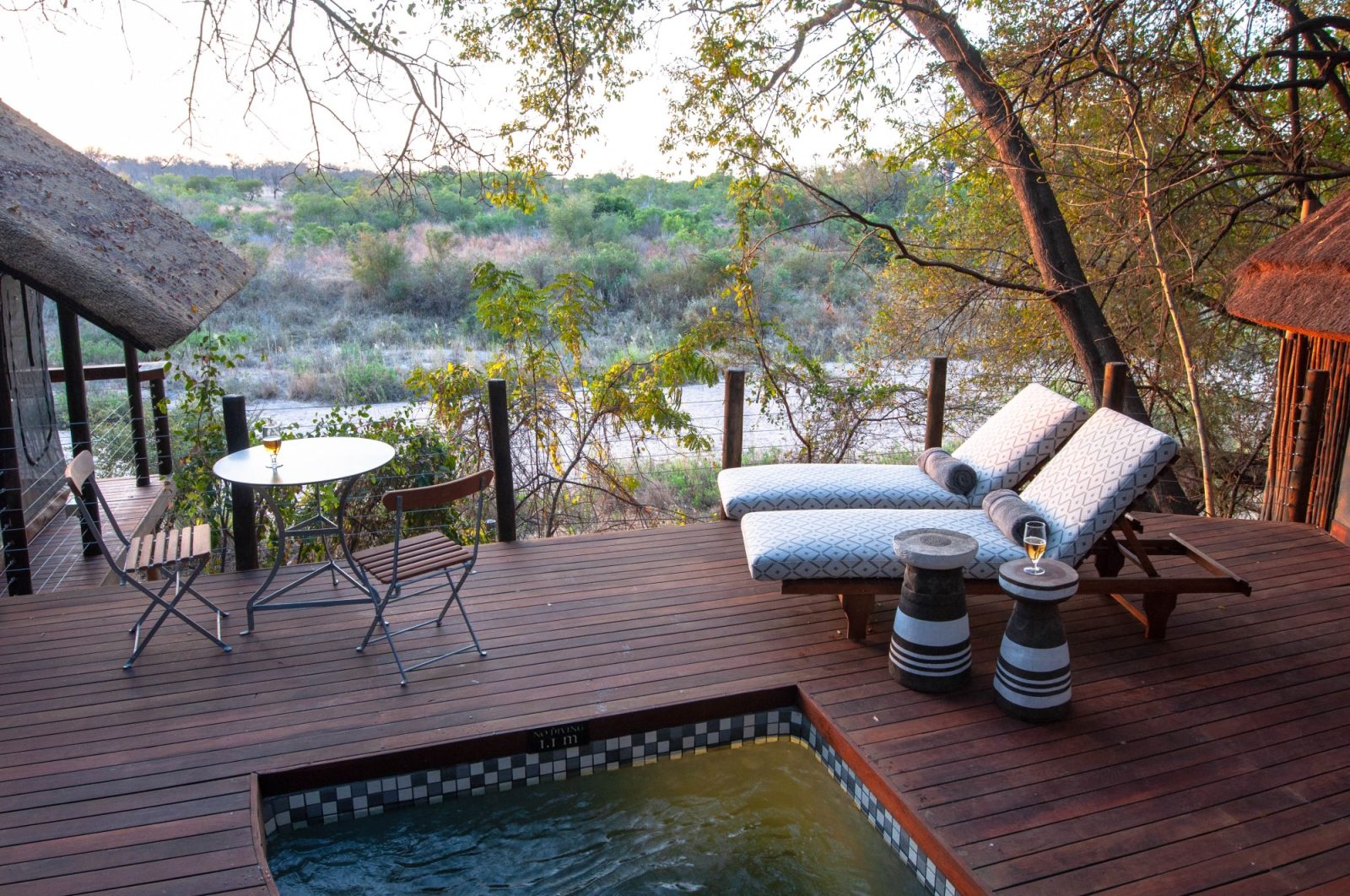


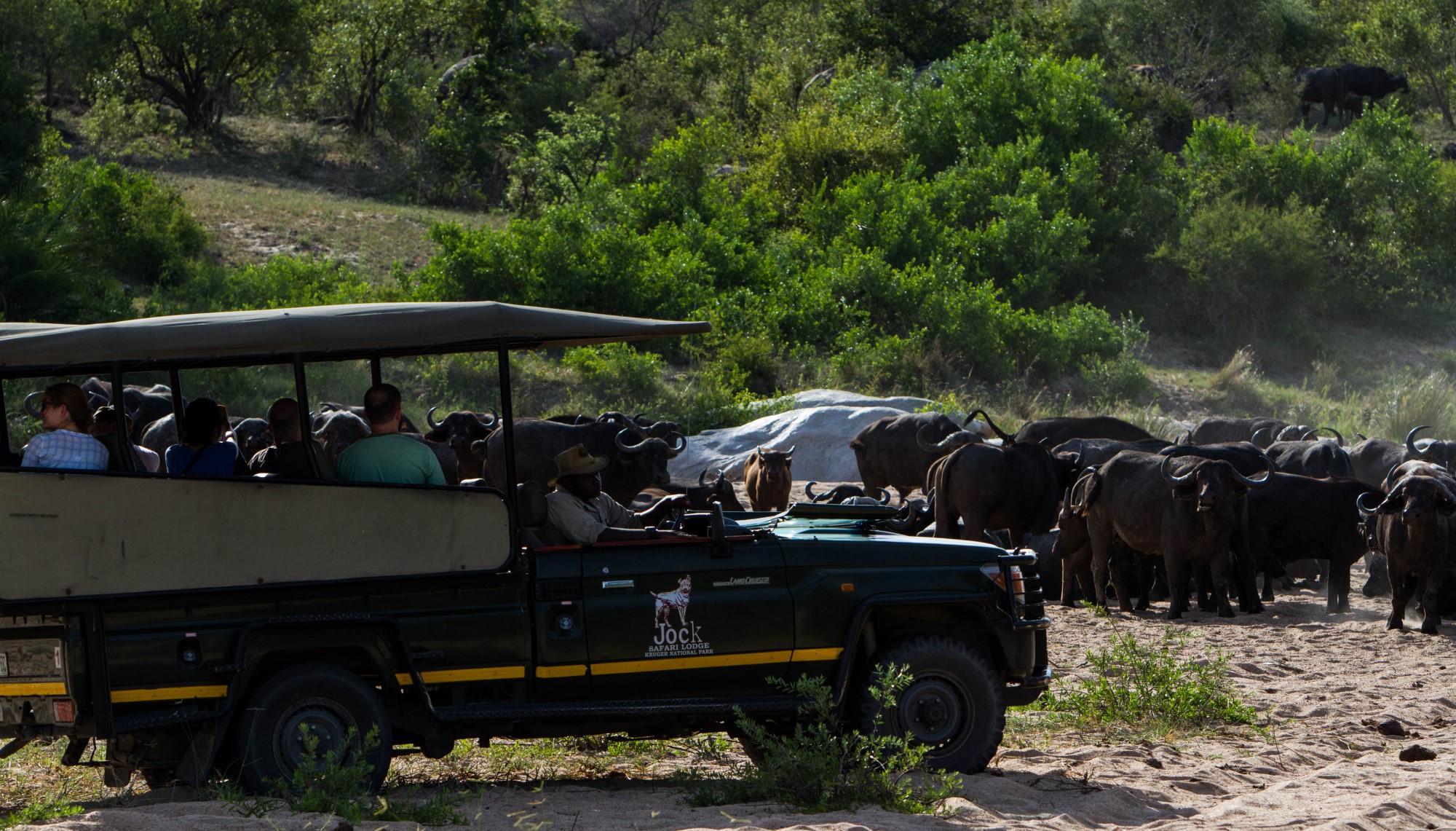
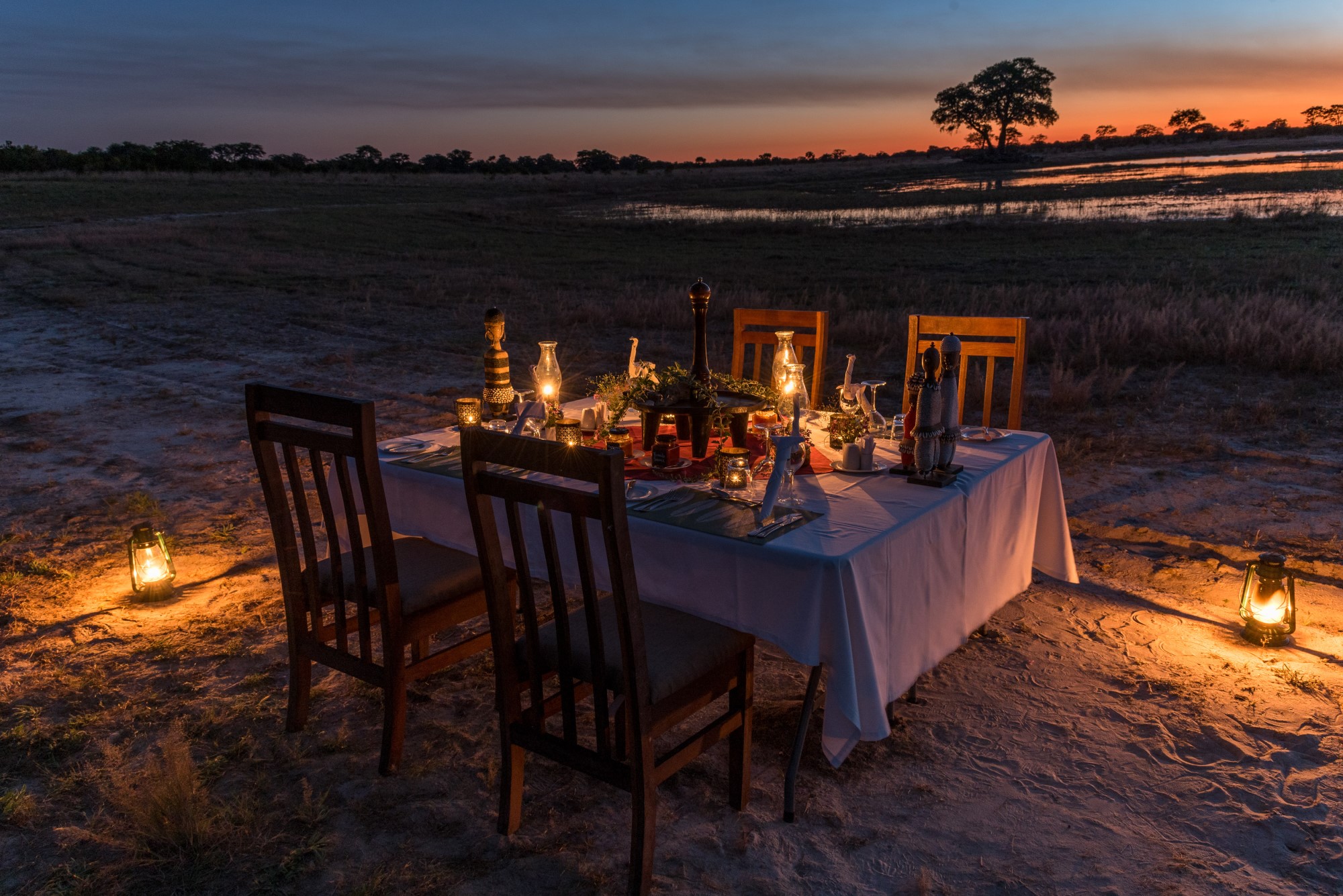


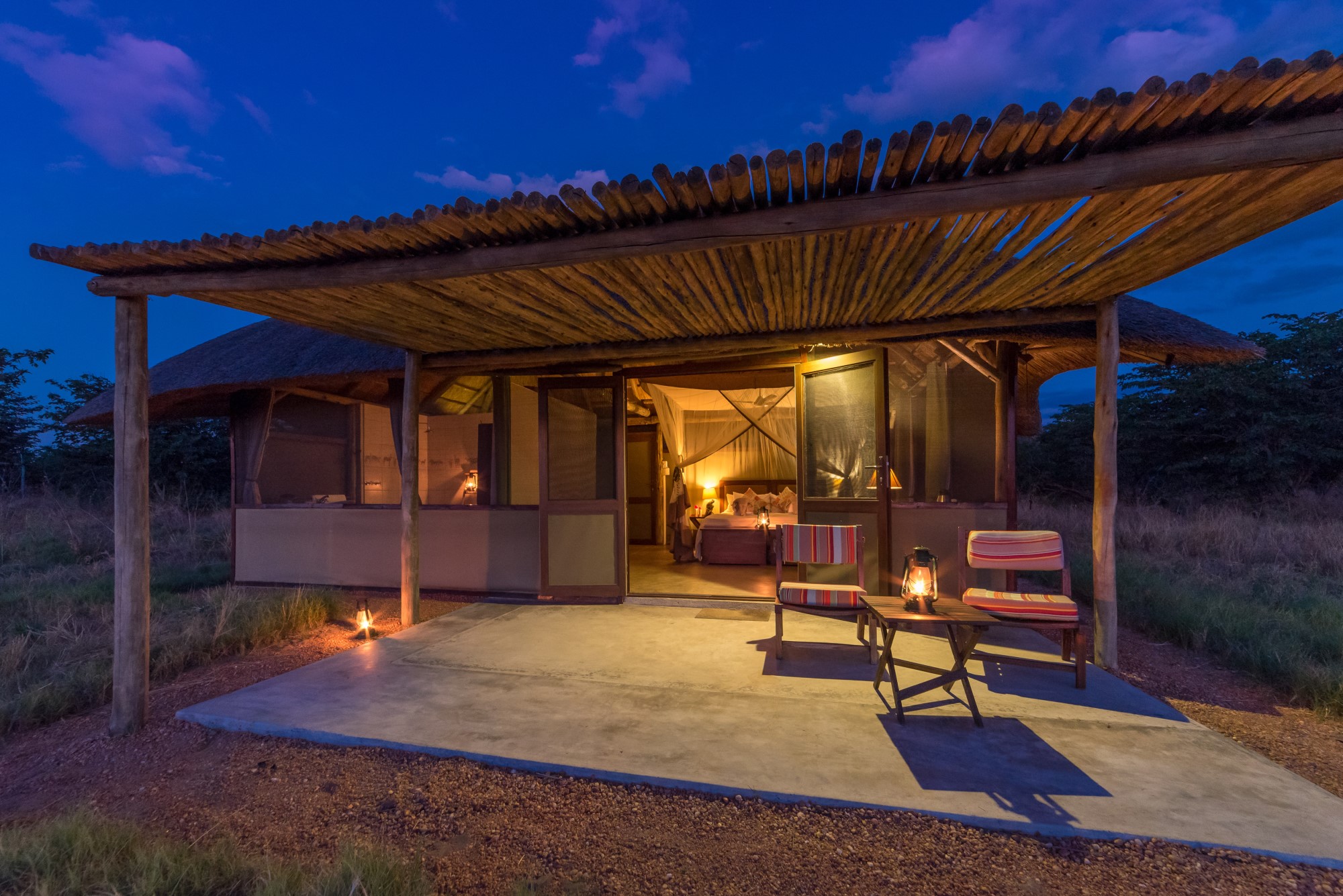
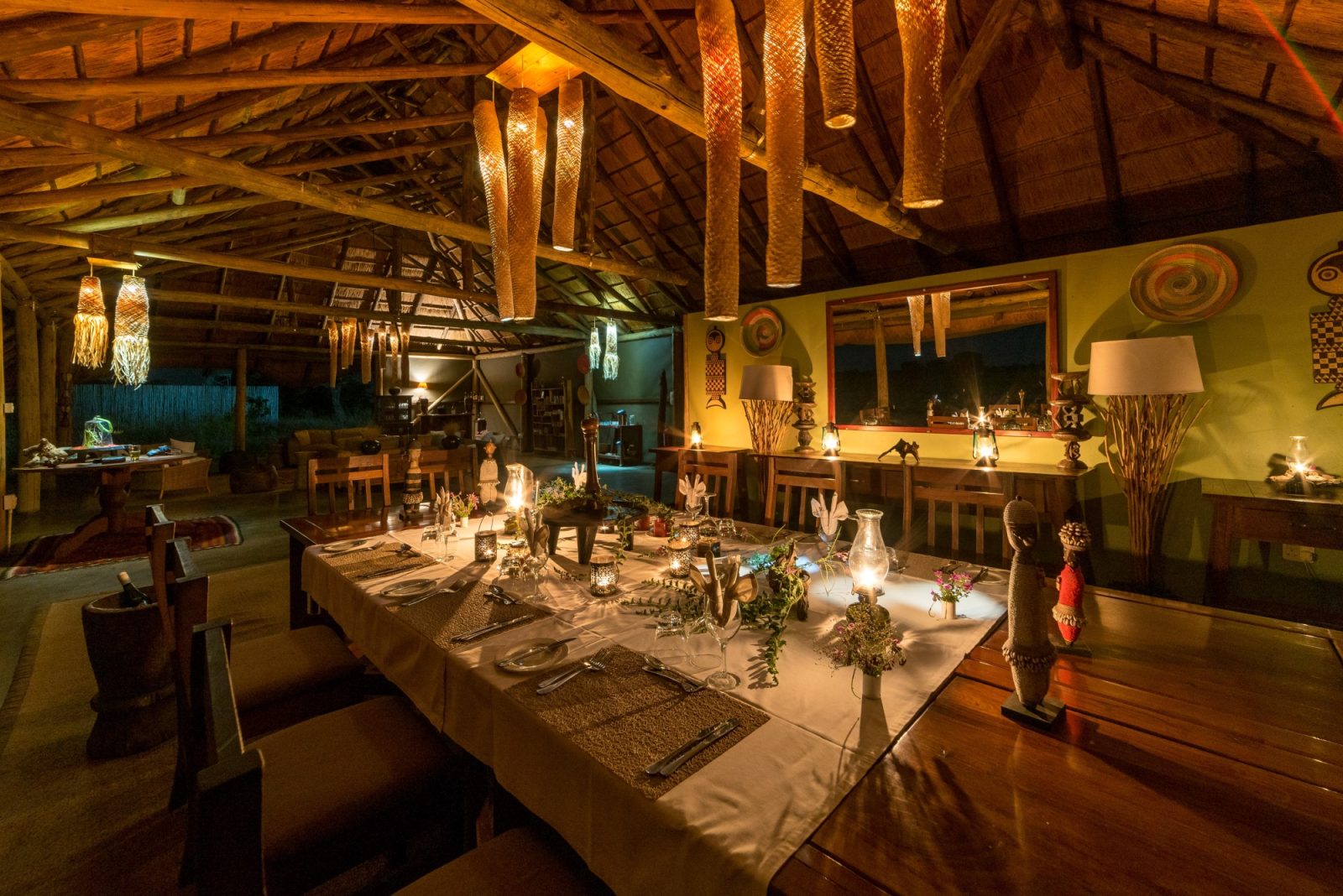

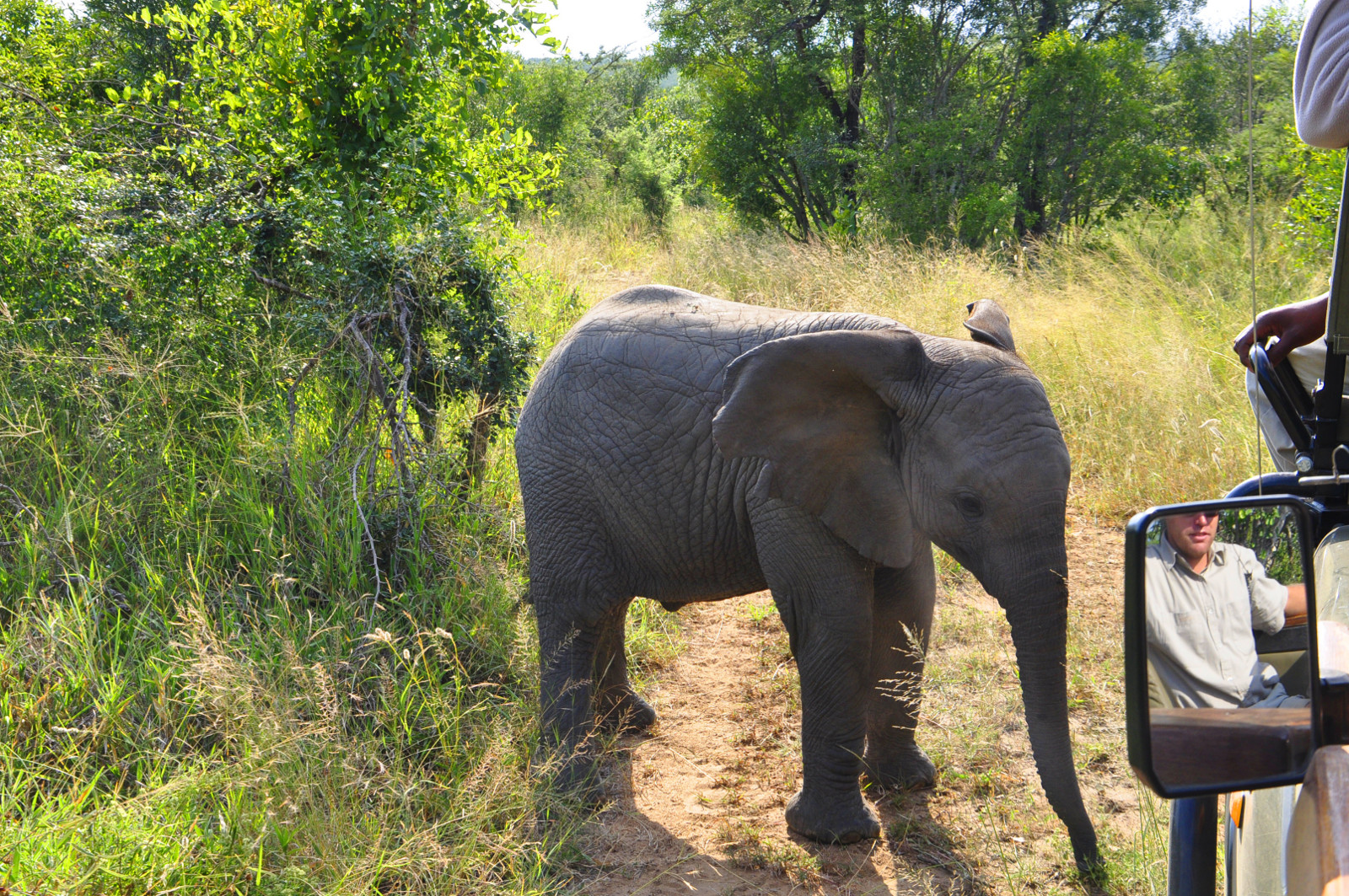
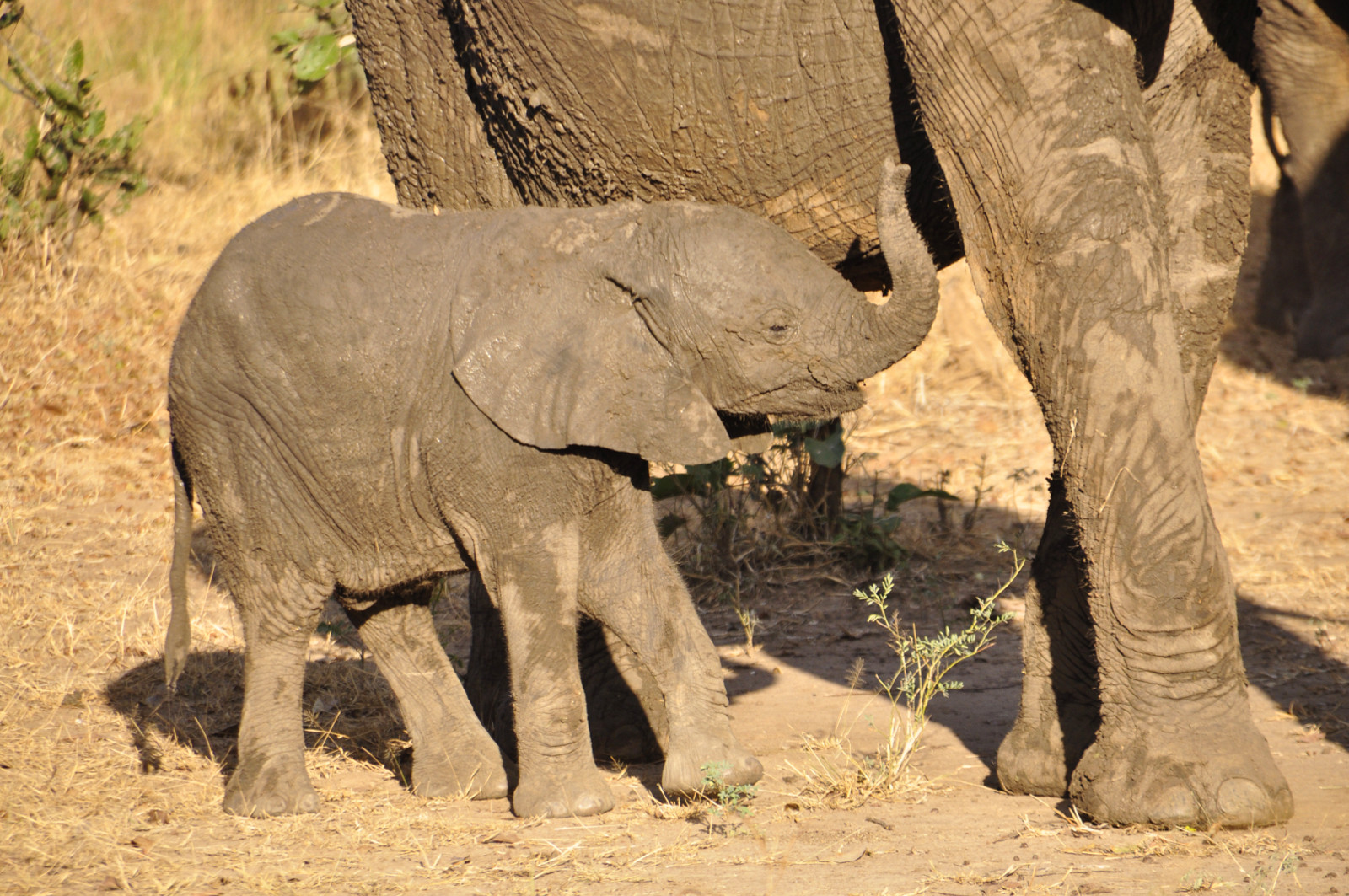
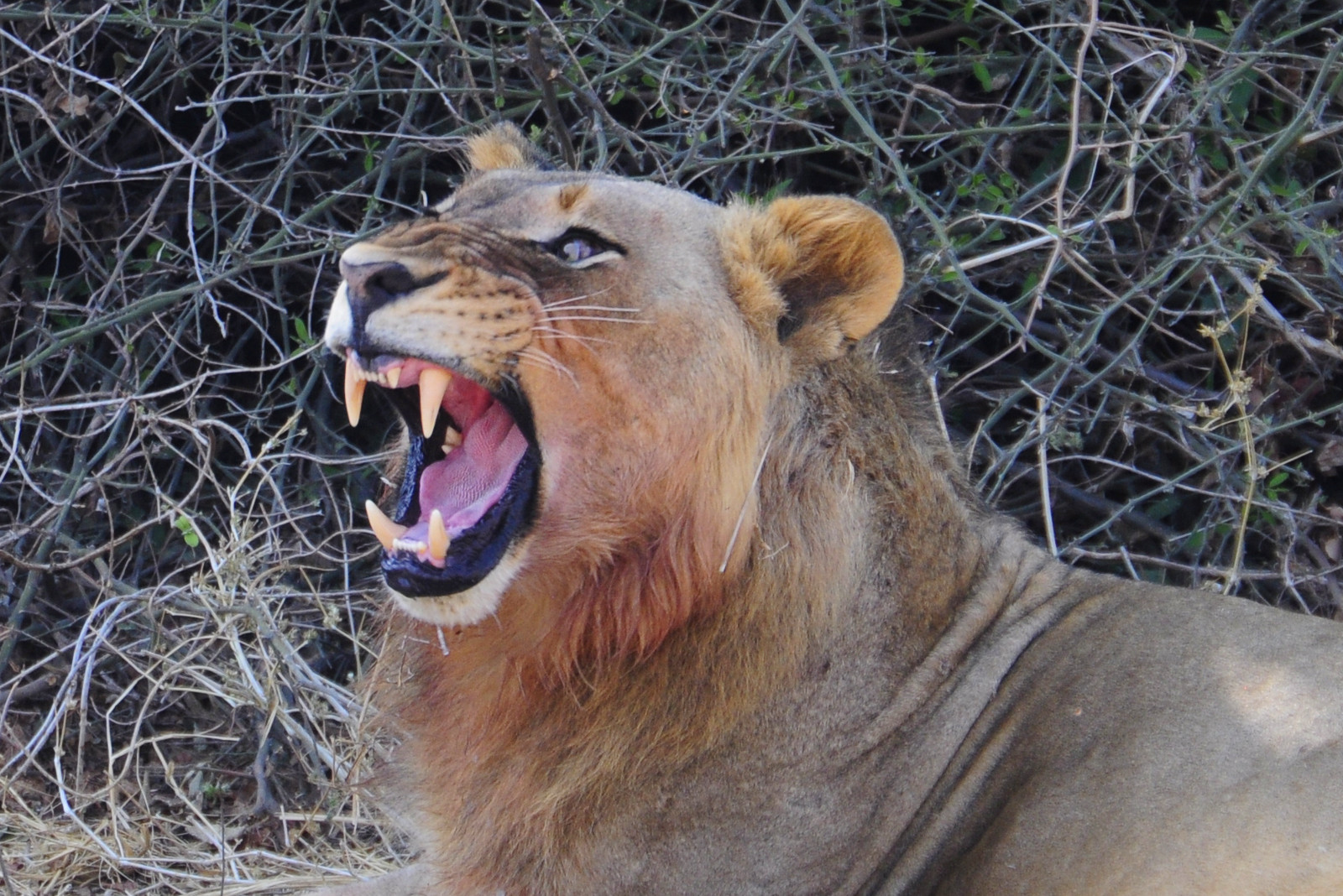
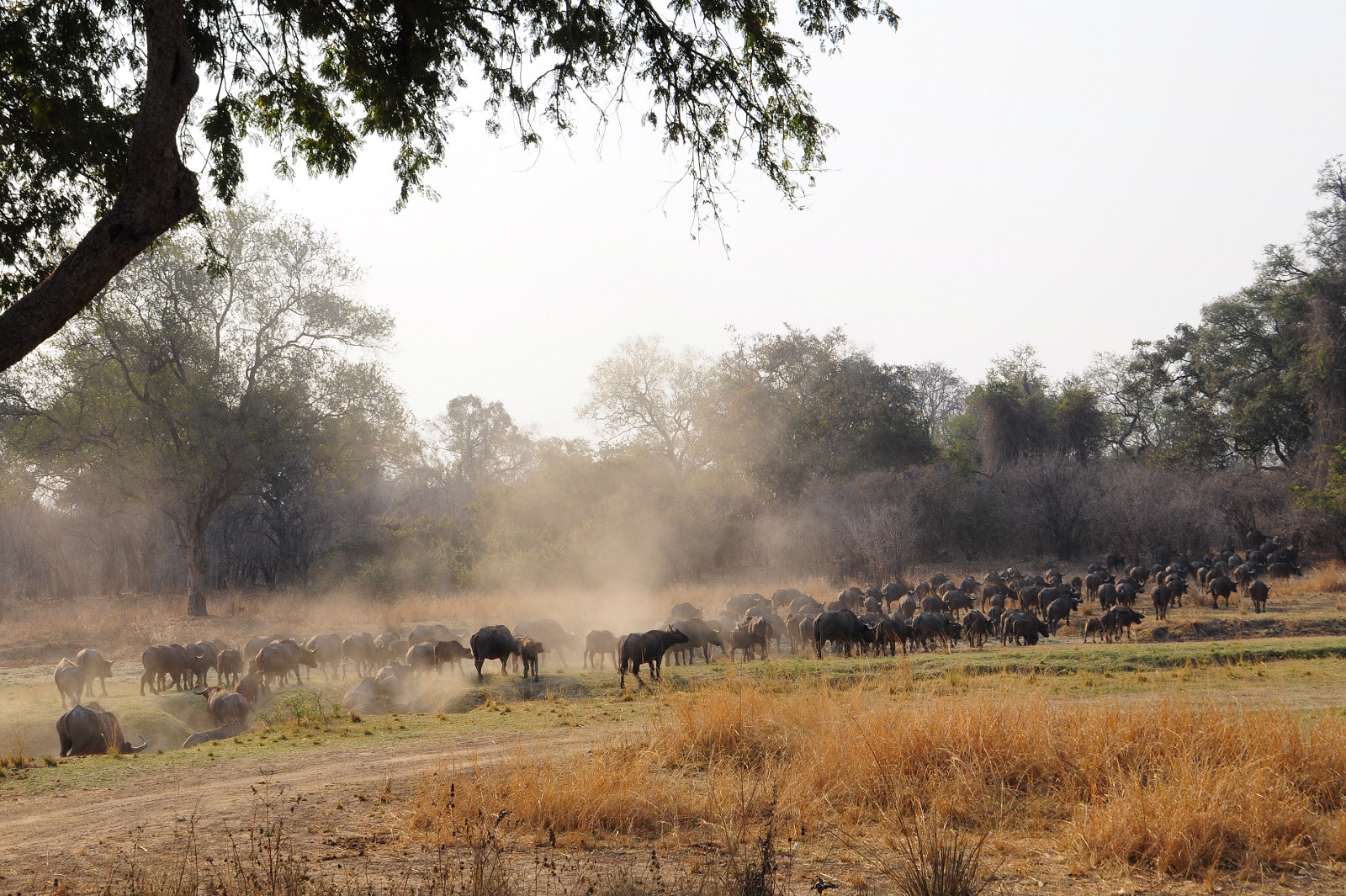
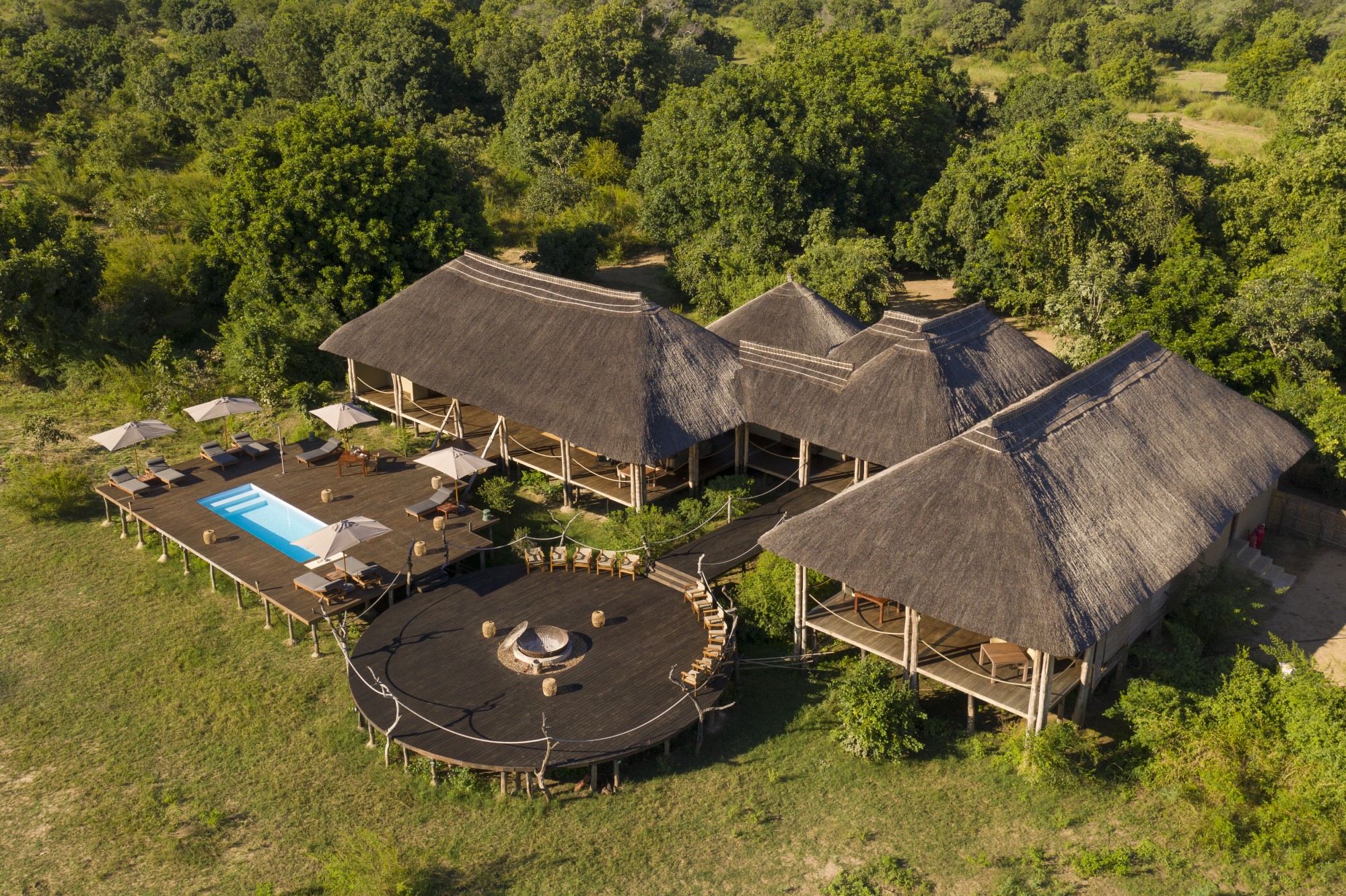
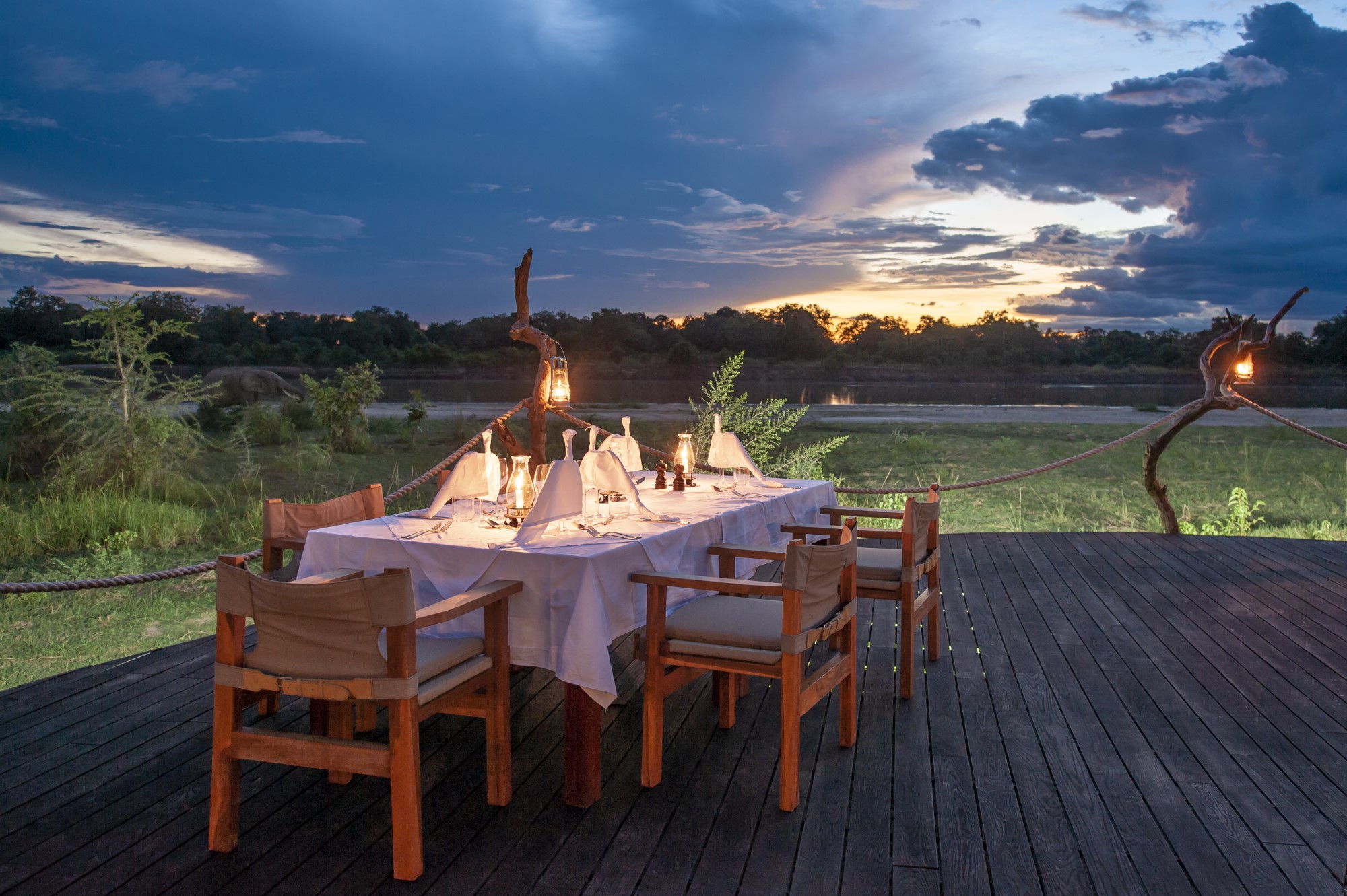
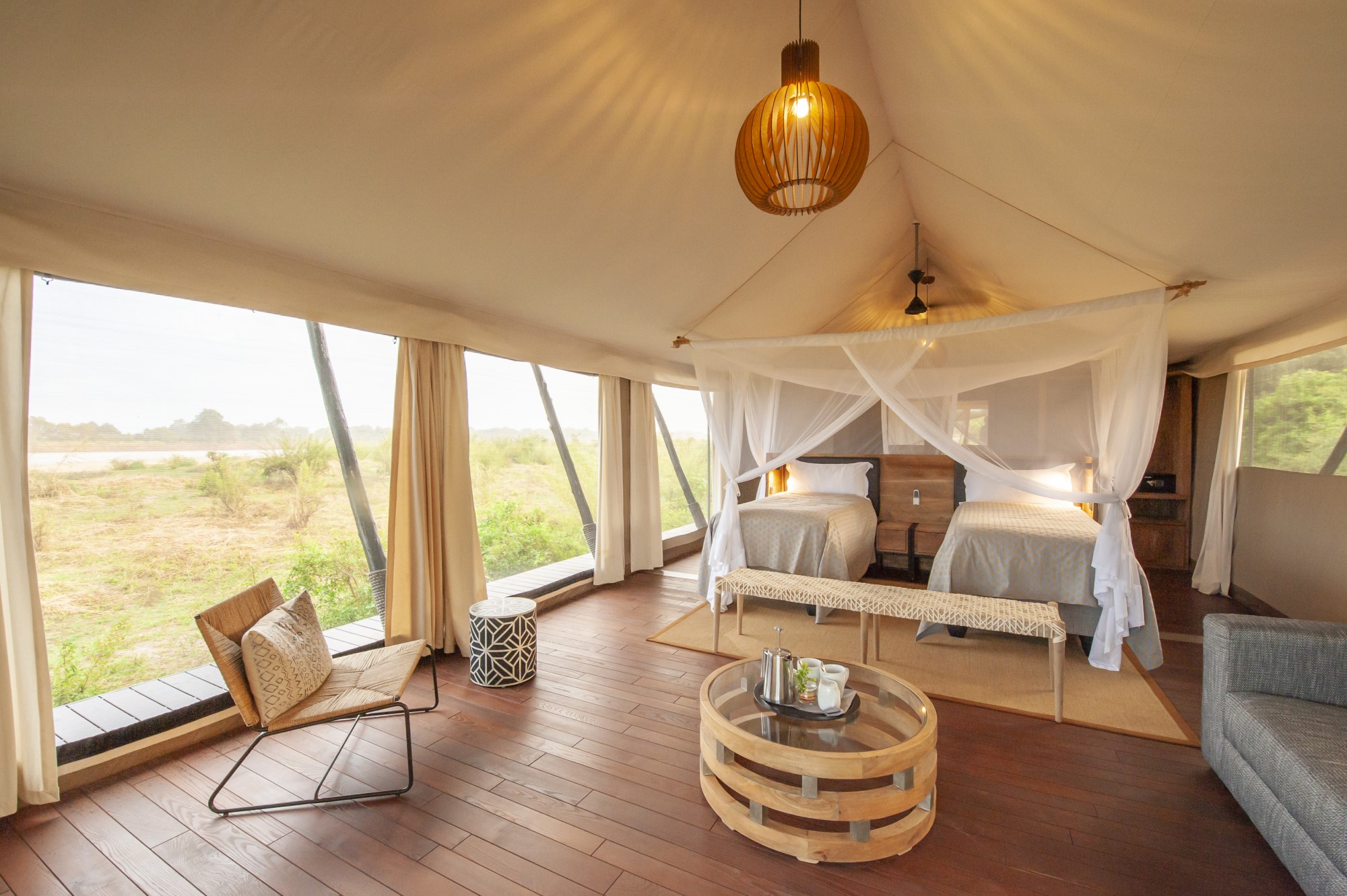
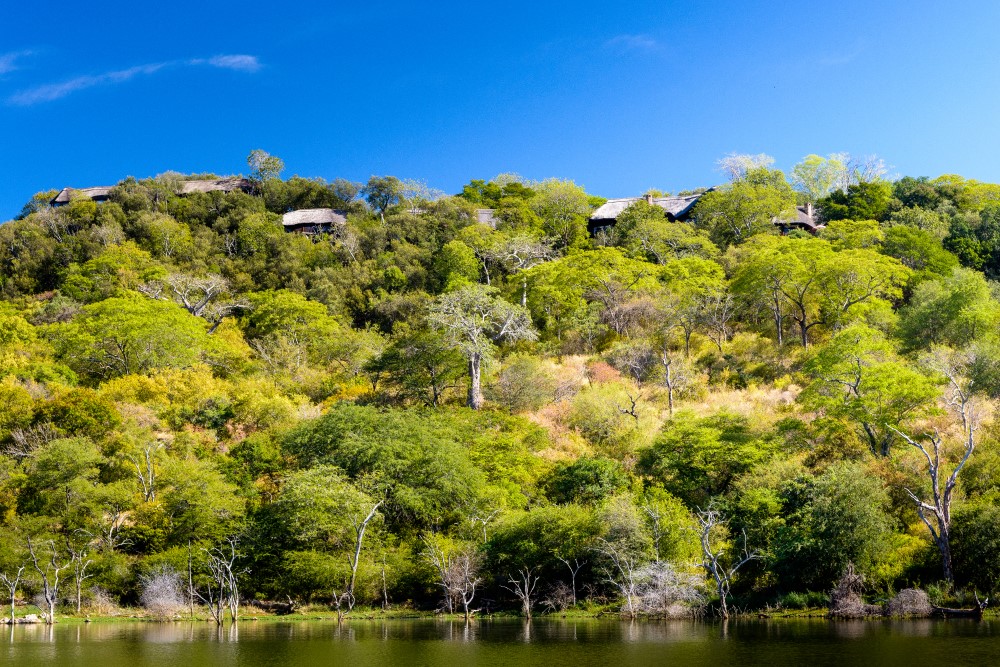
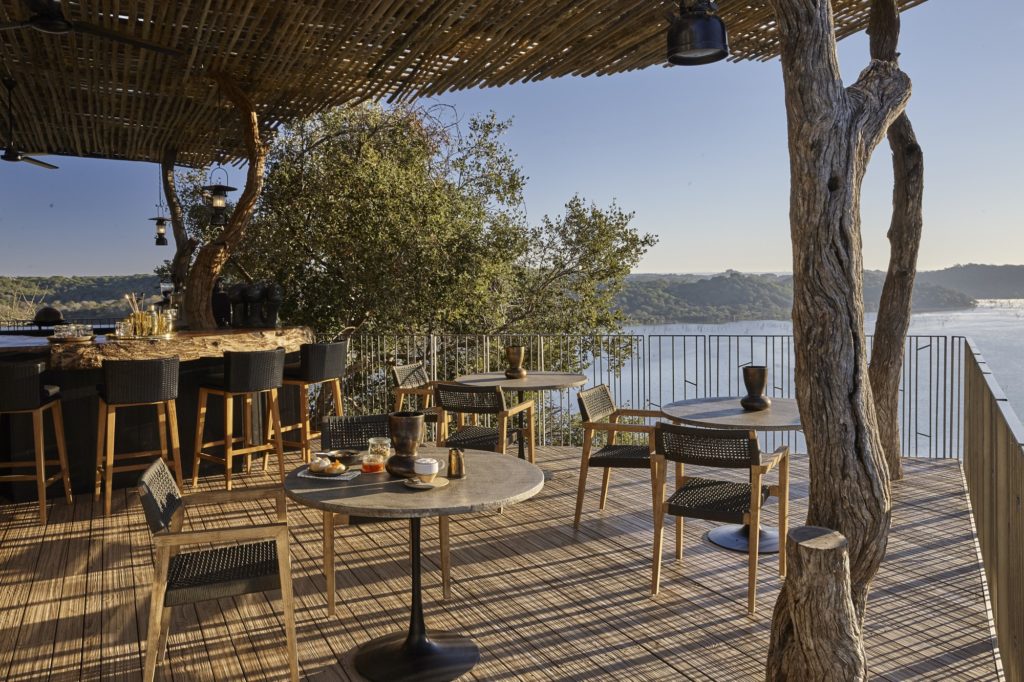

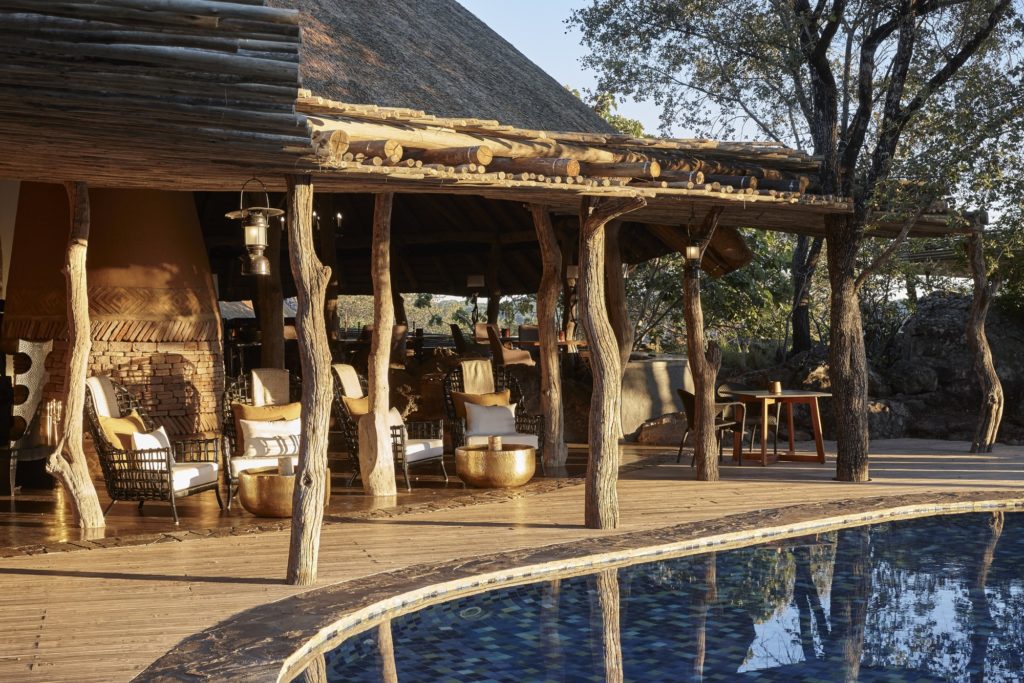
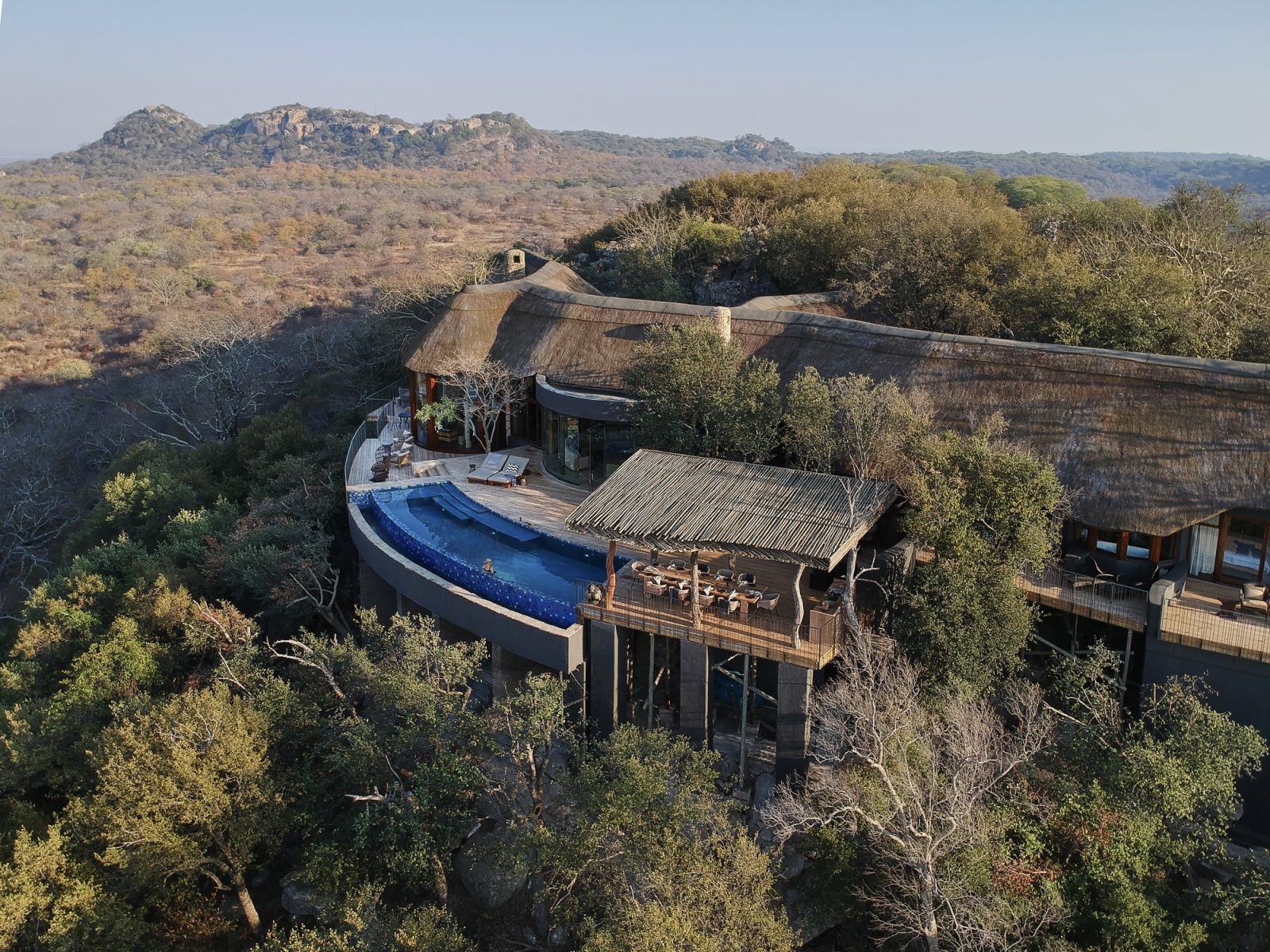


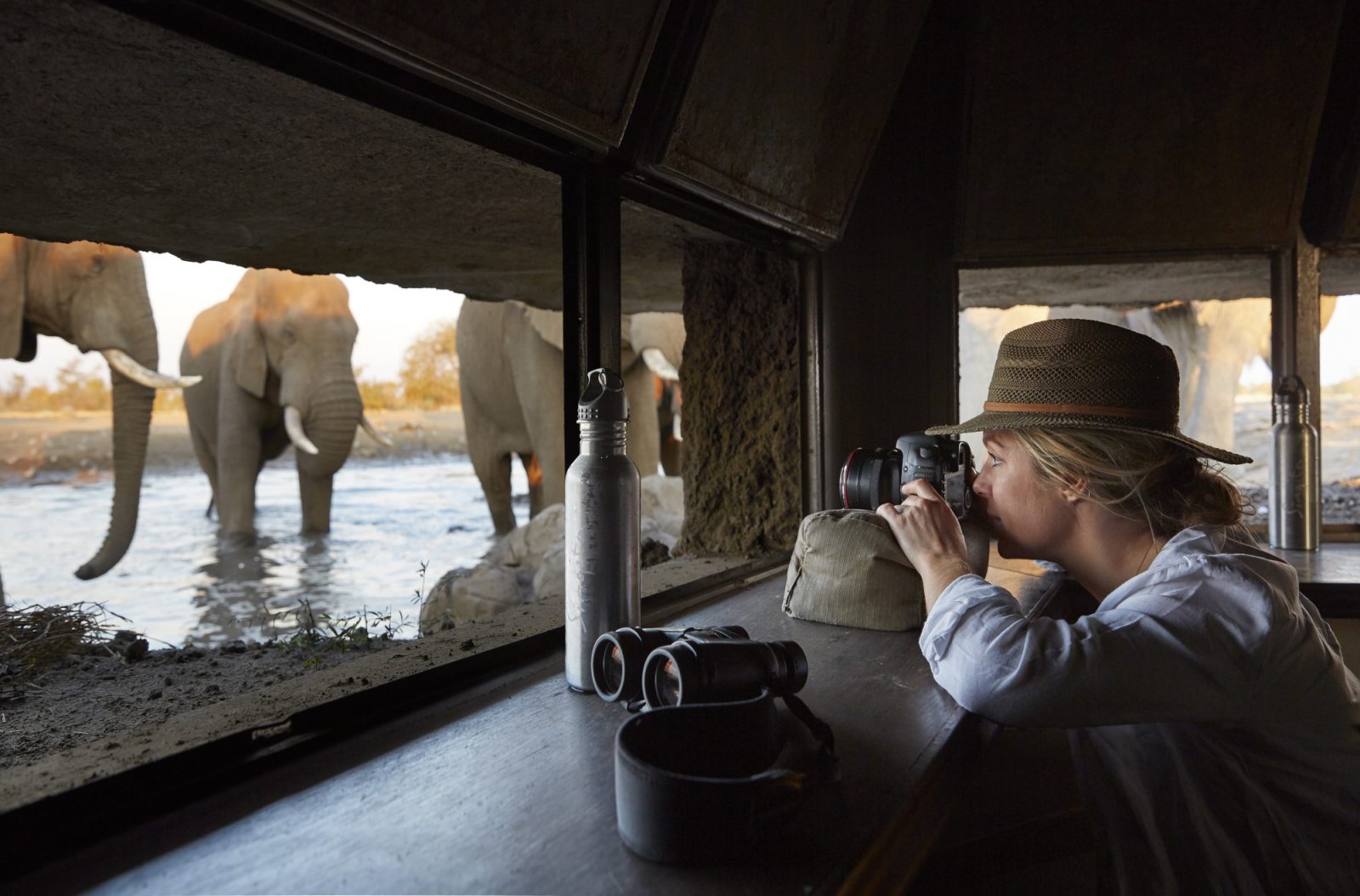
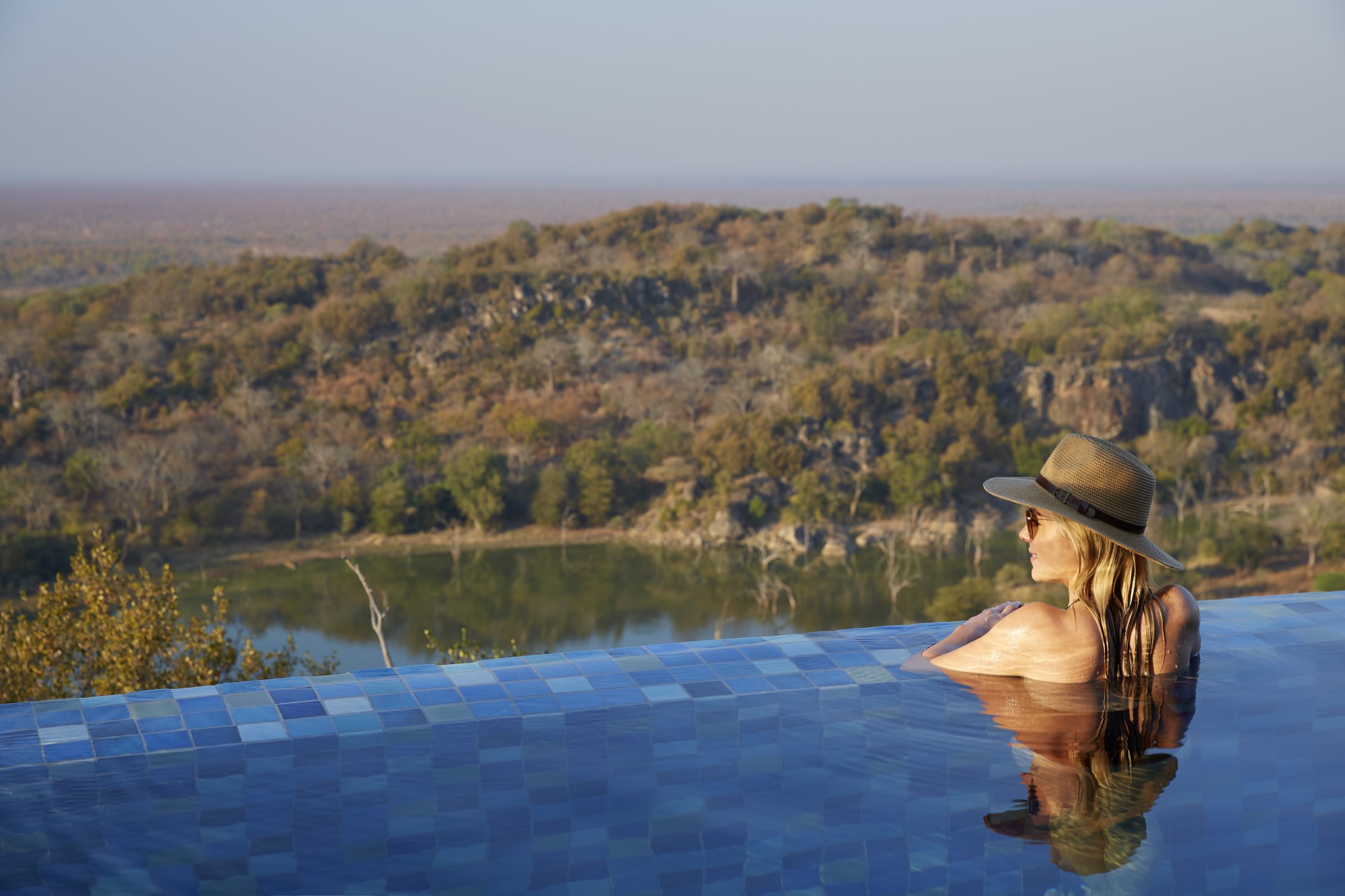
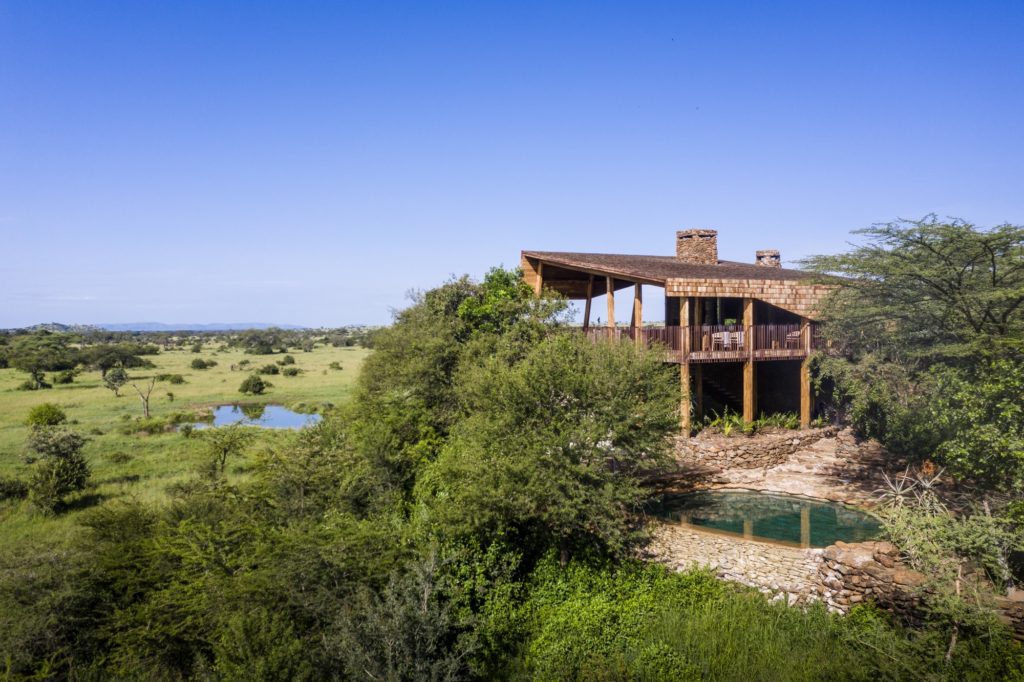




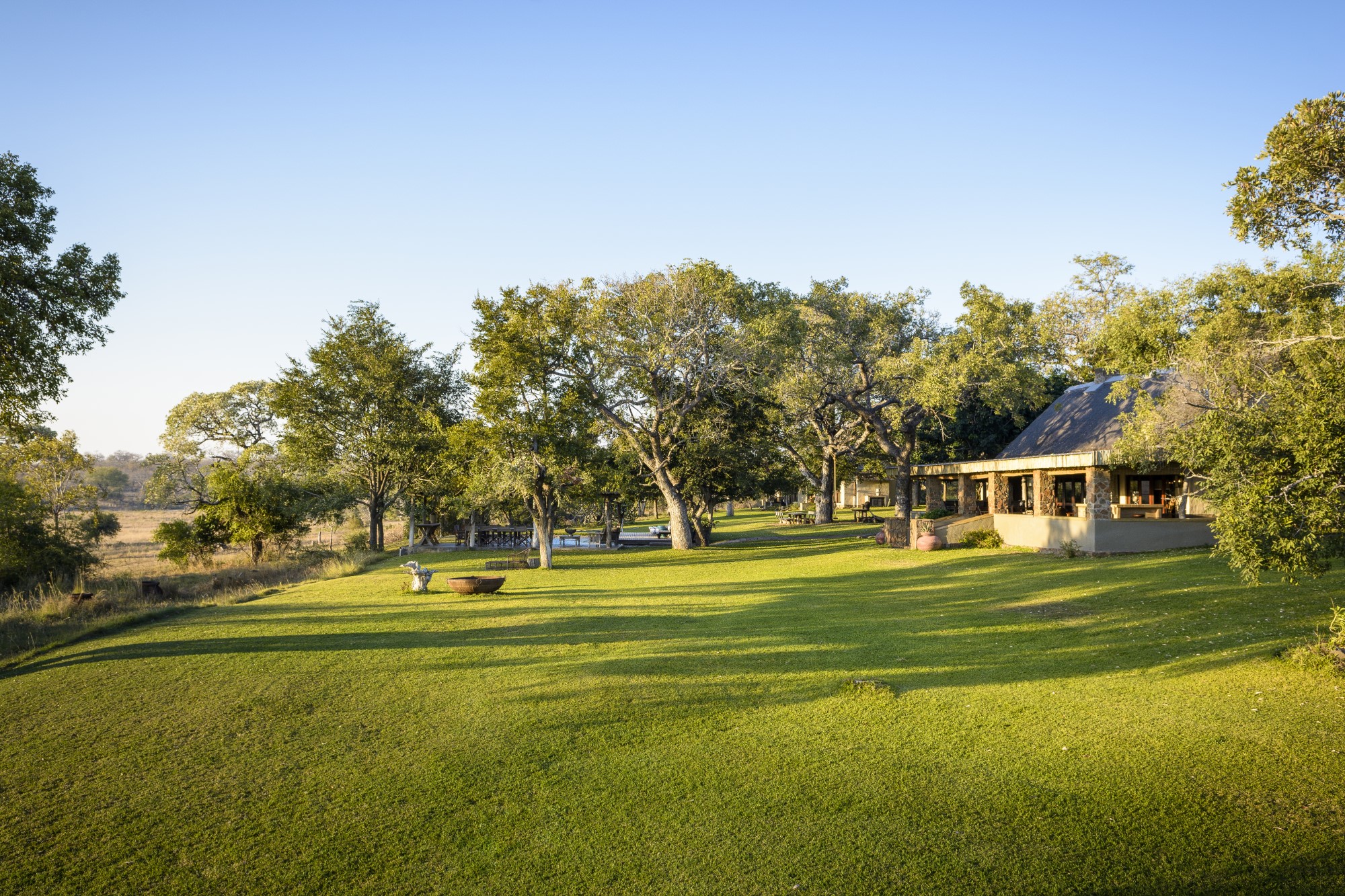
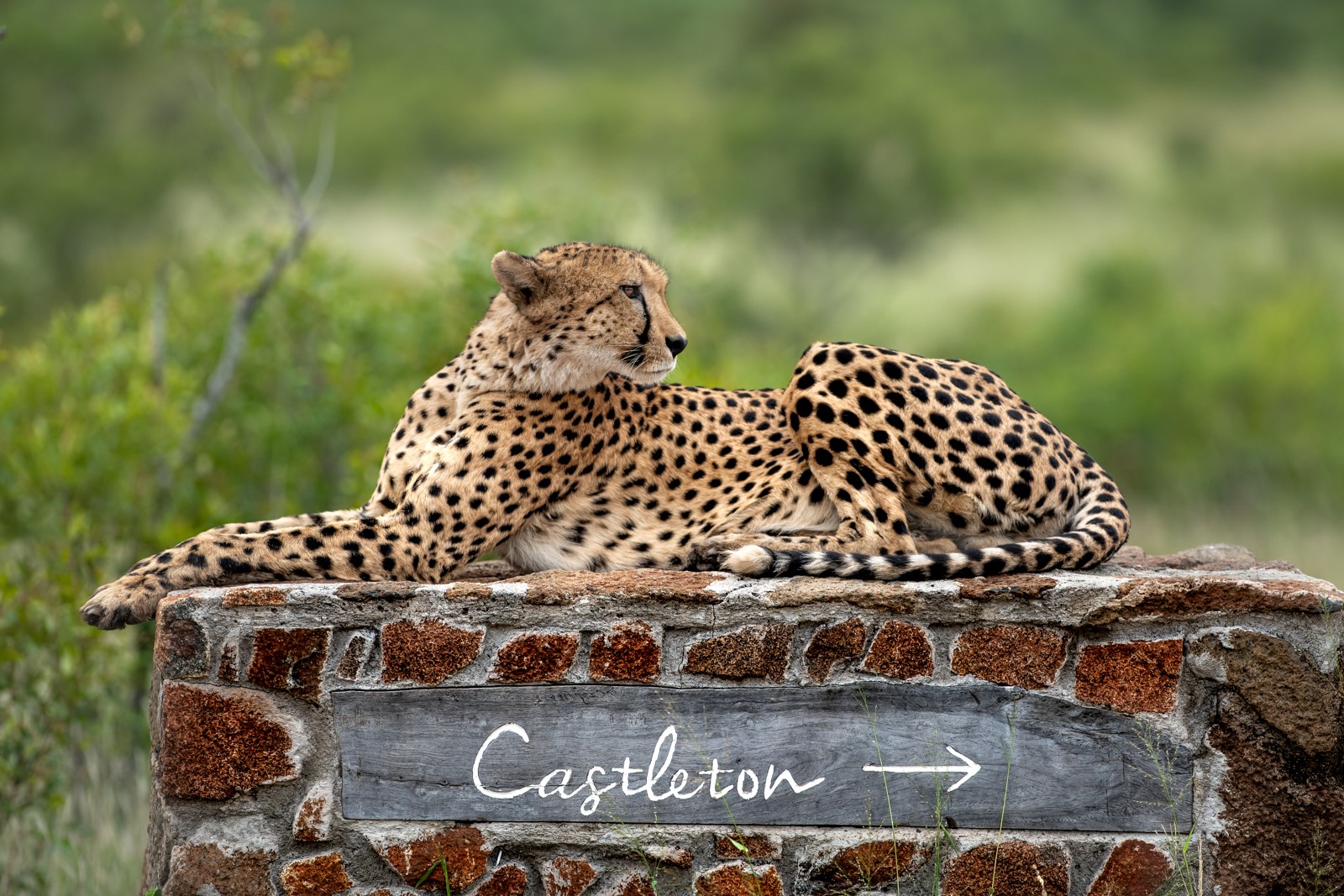
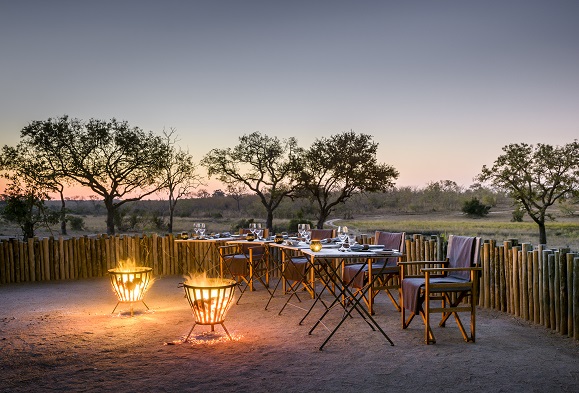
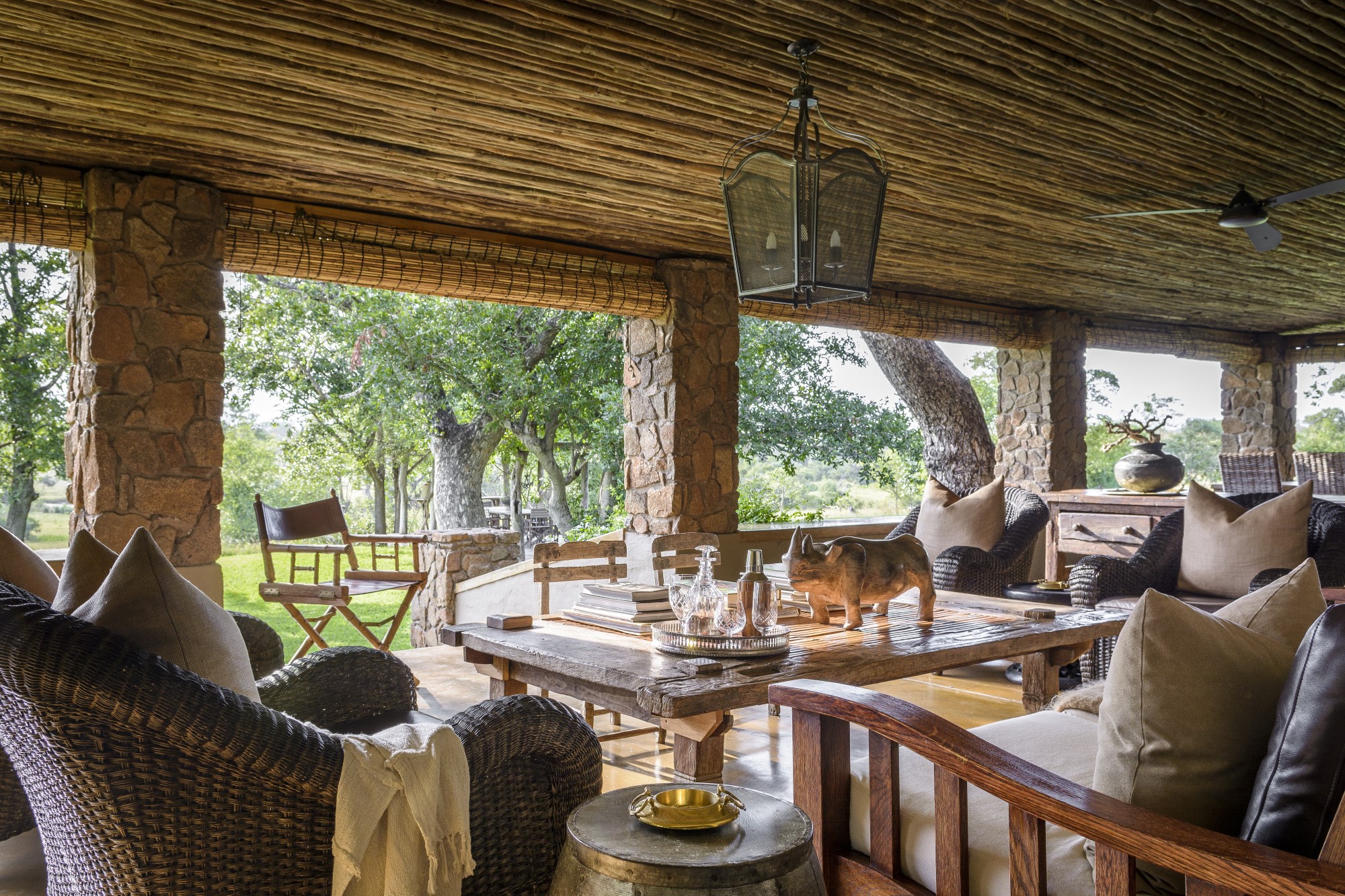
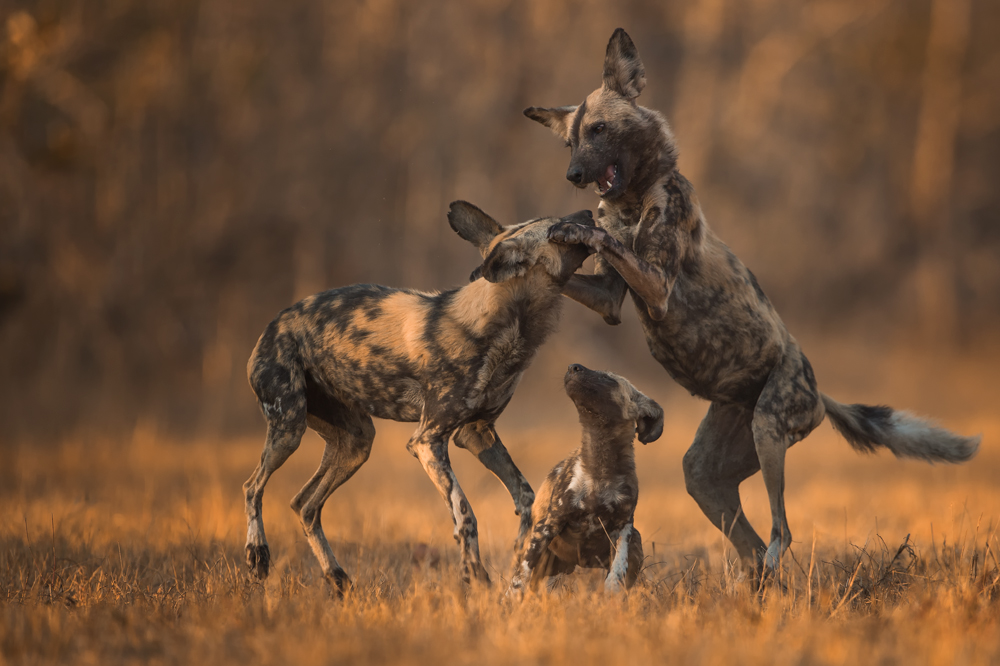
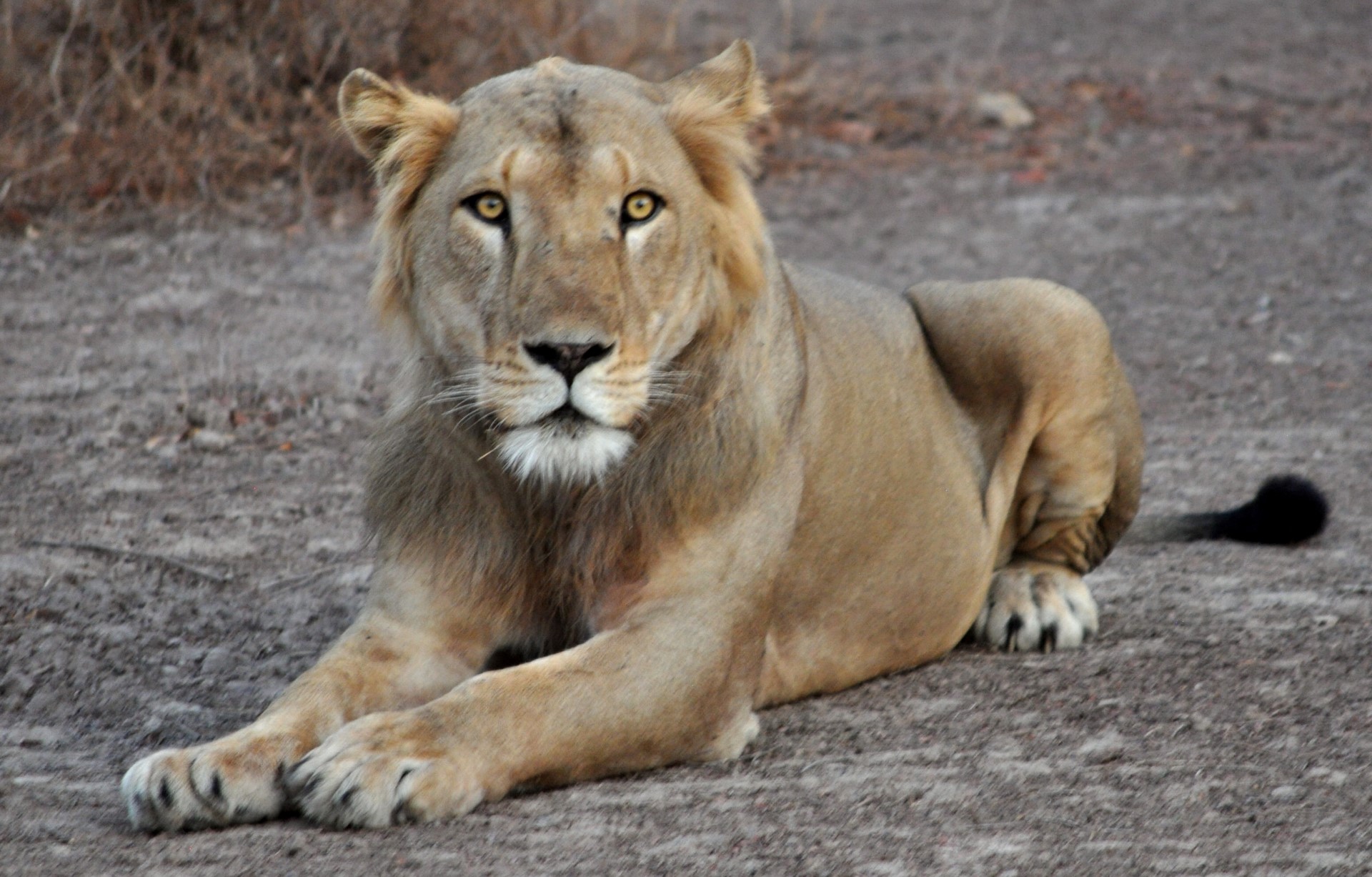
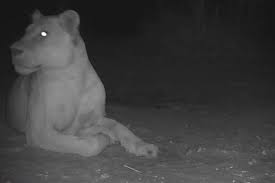
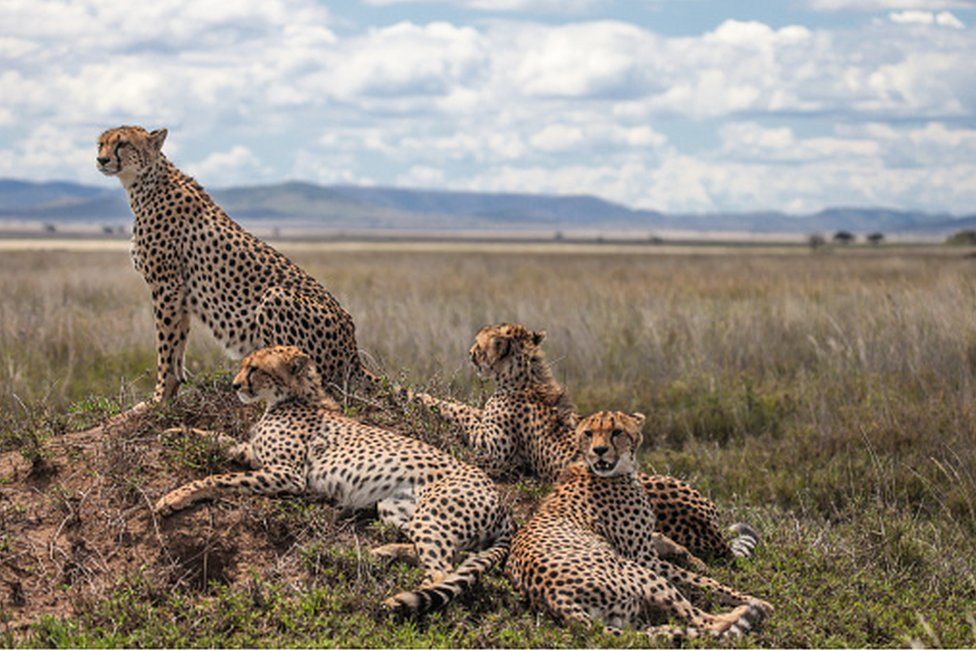
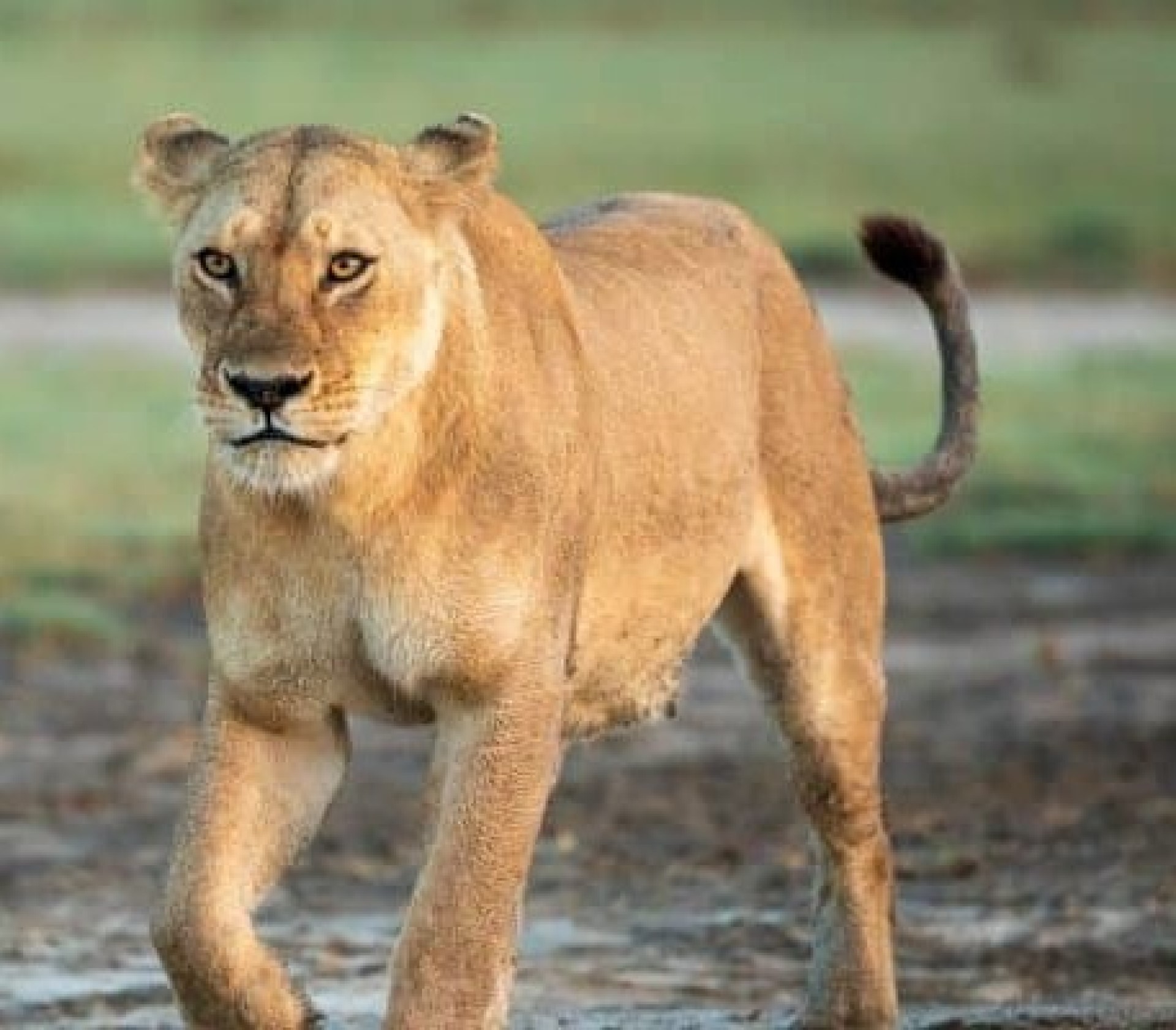
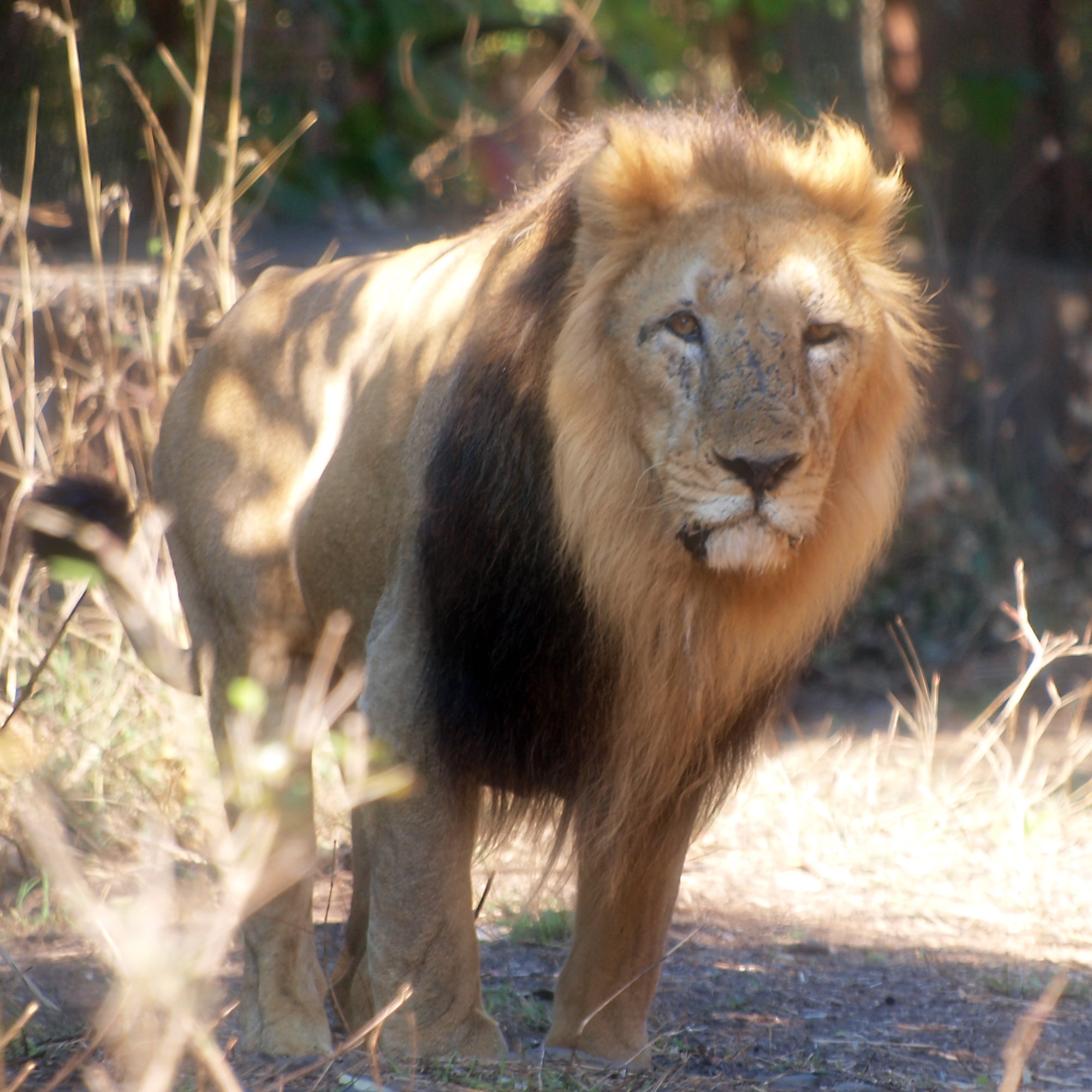


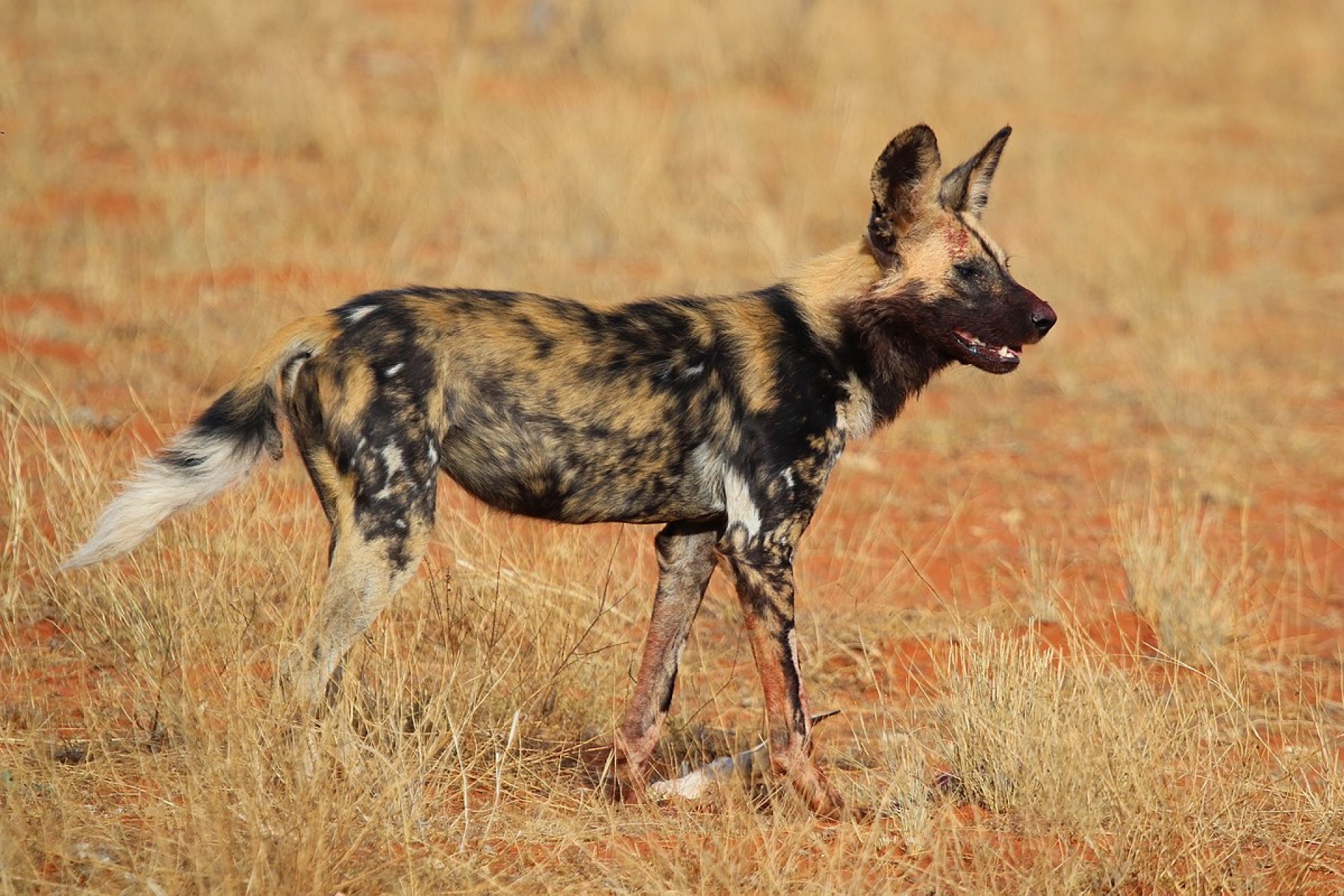
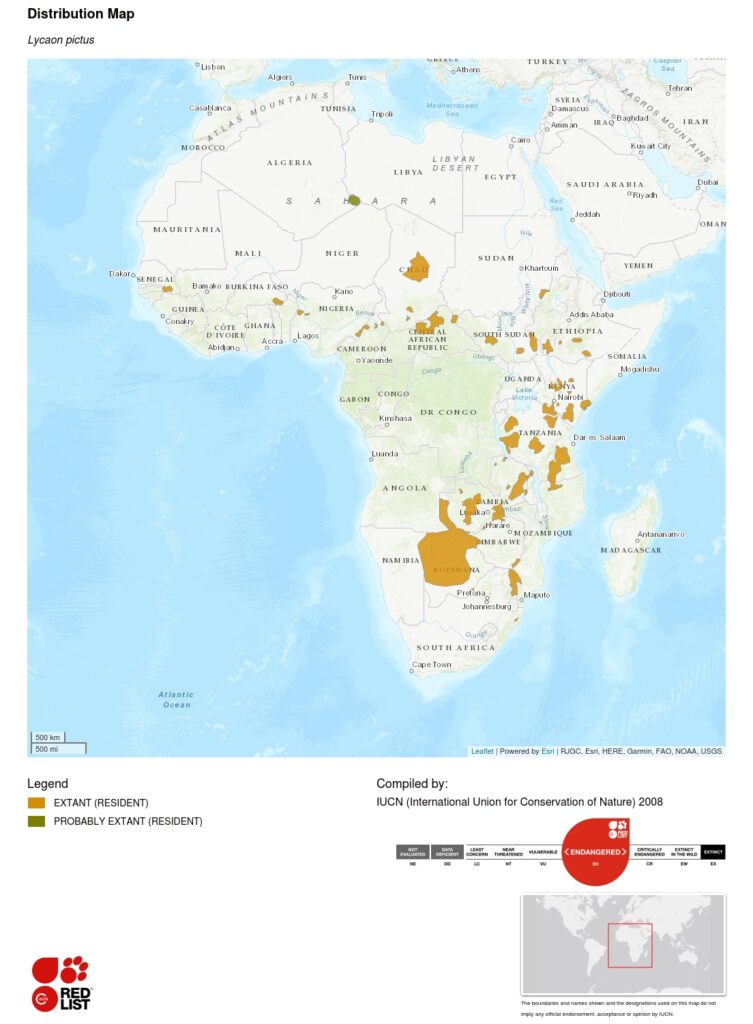
 Image source
Image source 